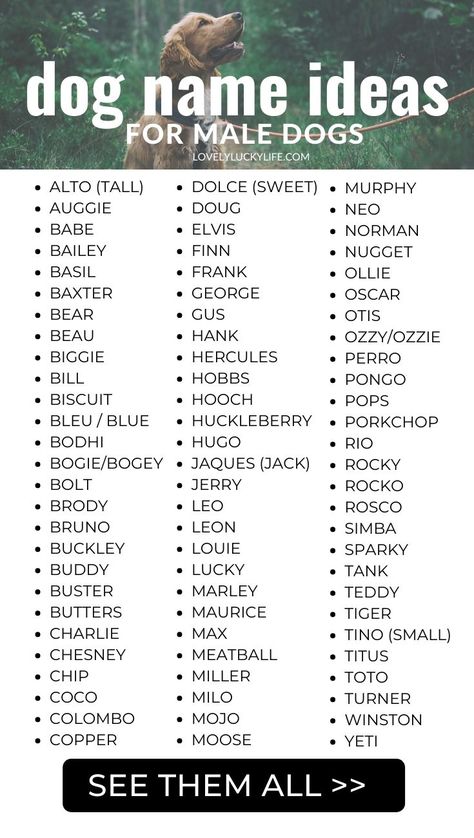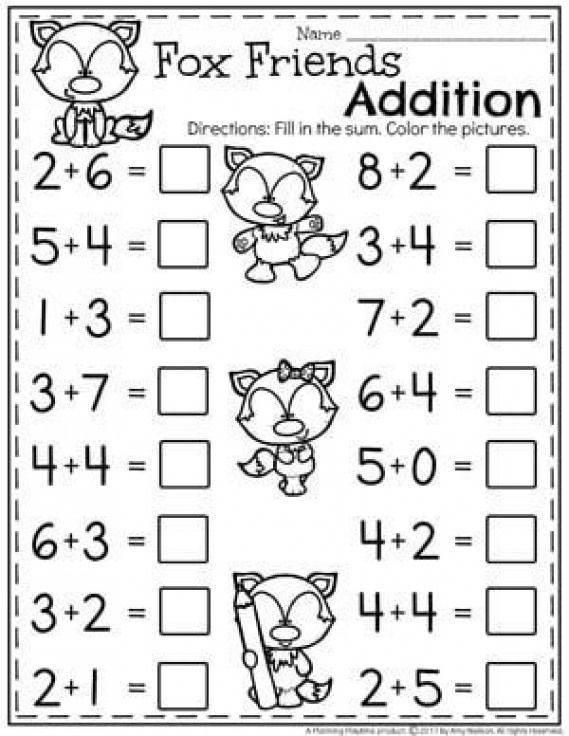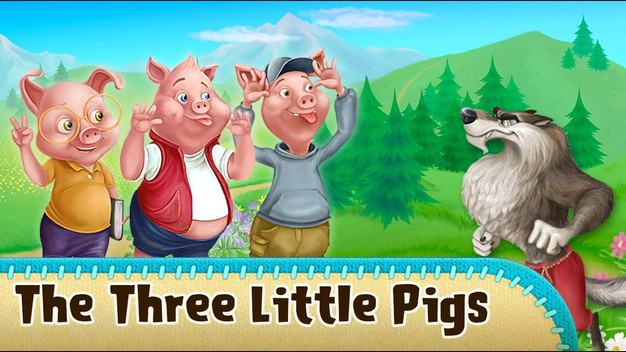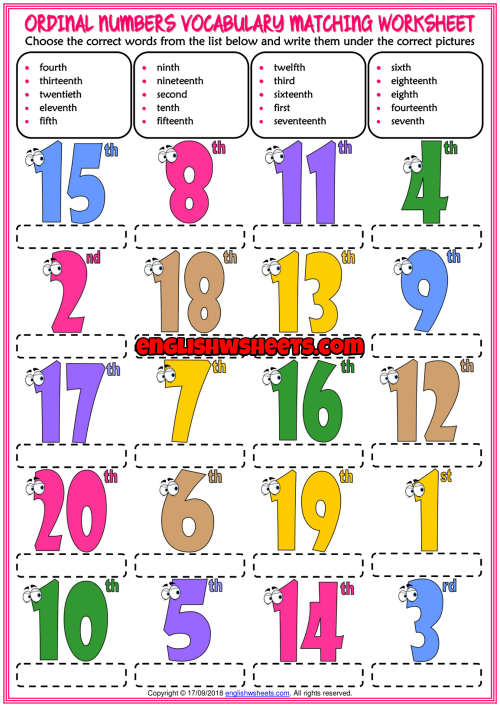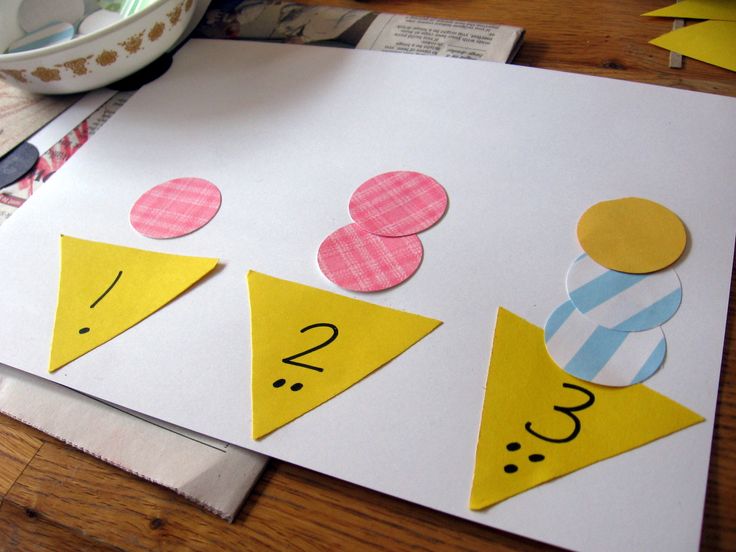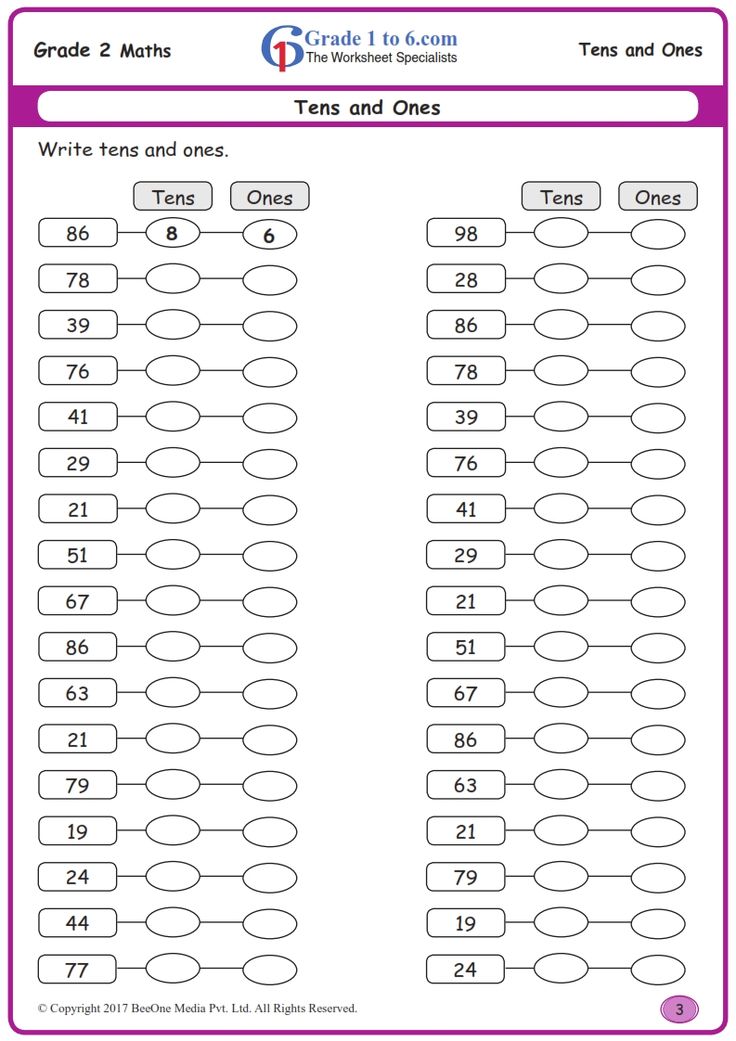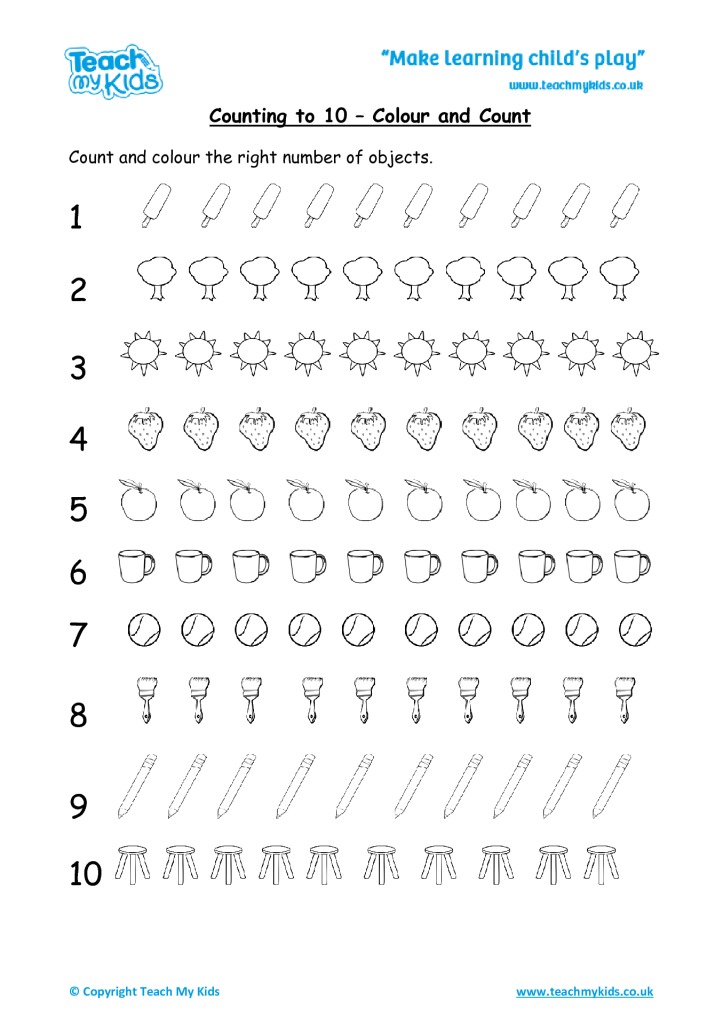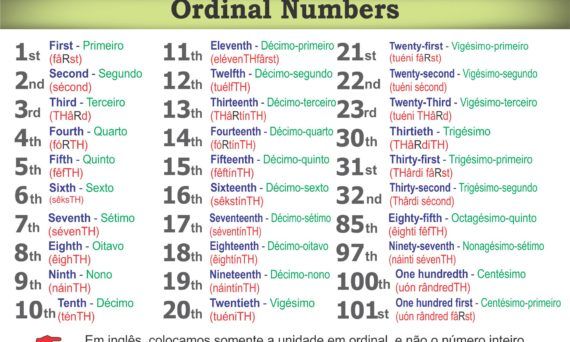Math for little kids
Math for Children, math for kids, Kids Math, Fun Games
Math Games That Are Fun
This section features math games that are fun. Websites with math games that are really fun are hard to come across especially those that have premium content with free access. With our collection, children get to review varied math skills while getting instant feedback as they play. These games will work as group games for the classroom or individual practice at home. These are go to math games for teachers and parents and were designed to trigger excitement around any k-12 topic. These games are accessible on mobile and on PC. Featuring are pirate games, croc games, zombie games, rally games, memory games, and more. Play All >>
Fun With Math Worksheets
Our goal is to create content that makes math anxiety a thing of the past. Fun with math worksheets is central to our testing strategy. We create highly illustrated math worksheets that cover just about any topic for children of all ages. These worksheets have questions on the first page and an answer sheet attached to the second page for reference. With this added advantage, our test sheets are suitable resources which teachers can use in the classroom to test their students. Parents with little knowledge of the subject can also use these sheets with ease since the answer keys come in handy if there is need for reference. These sheets should be used alongside the games and quizzes found on this site. Download All >>
How To Math Videos
We have a rich collection of math videos targeting specific math skills. Simply let kids watch our vividly presented videos. These videos cover a number of math topics and simply teach the lesson. The good thing is that they are videos which means they can be watched over and over again. These videos are also ipod compatible. Topics covered include: Addition, Subtraction, Geometry, Comparison, Algebra, Shapes, Time, Fractions, Decimals, Sequence, Division, Metric system, Logarithms, ratios, probability, multiplication and more>>> - for first grade, second grade, third grade, fourth grade, fifth grade and sixth grade.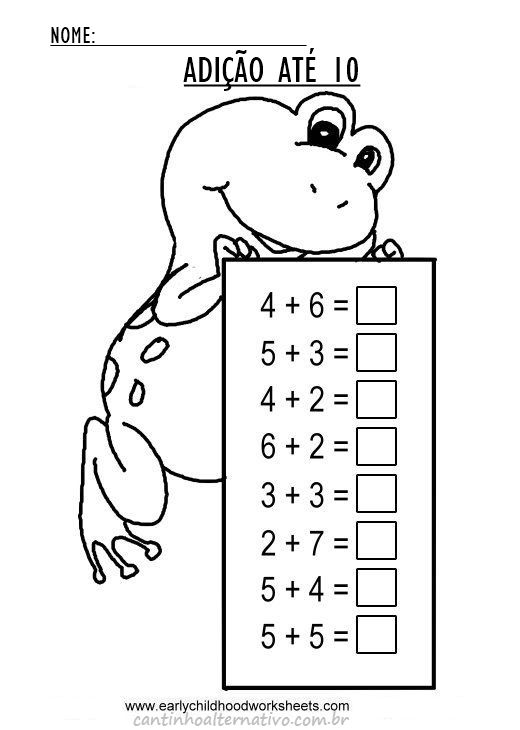
Math Tests Practice
Our math quizzes are a collection of interactive tests in the form of MCQ's, gap fills and matching puzzles. Featuring are the following topics: Addition, Subtraction, Geometry, Comparison, Algebra, Shapes, Time, Fractions, Decimals, Sequence, Division, Metric system, Logarithms, Ratios, Probability, Multiplication and more
These quizzes take different forms like multiple choice math quizzes, gap fill quizzes, matching exercises, hotspot quizzes with graphics and more for interactive math practice. - We cover first grade, second grade, third grade, fourth grade, fifth grade, sixth, seventh & eighth grades.
| Math at easter activities | Halloween activities | Kid Math | kids math | maths 4 kids | math 4 kids worksheets | math kids
Math Products: Math eBooks, Math Worksbooks, Math Games
Free Math Games | Fun Math Games Online
Fun for math games | Games math free
This page features a collection of free math games by grades.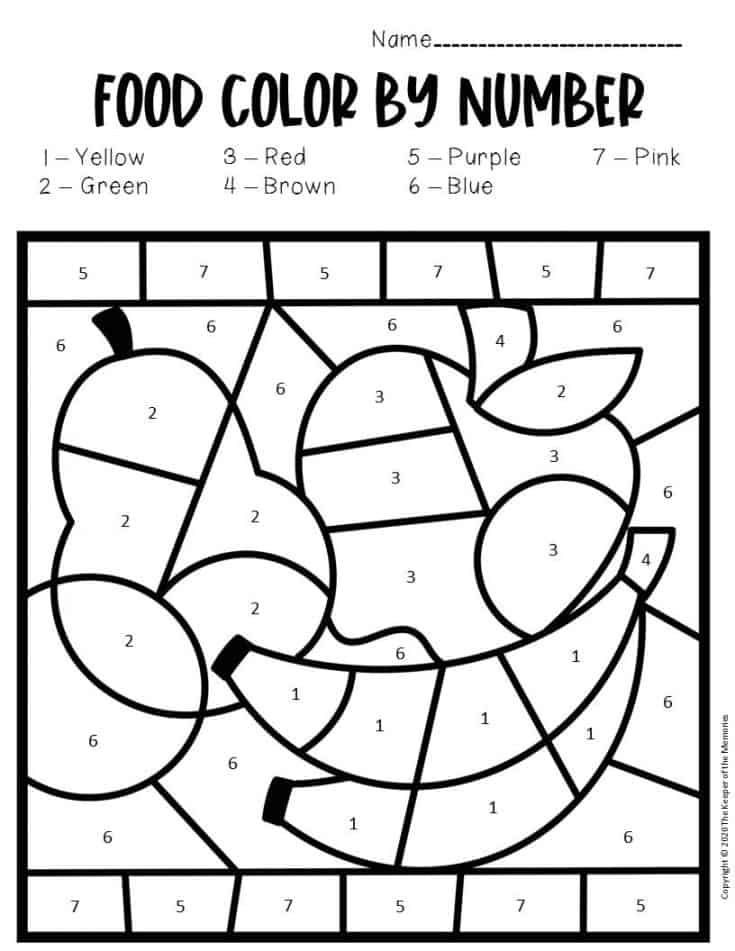 Children will learn math in a fun way through the medium of games like: memory games, crocodile games, matching games, car race games, pirate games, dinosaur games, zombie games and more. Each game is interactive and fun. At the end of each game students can instantly check their perfomance. These games can be played as classroom games or as supplementary homeschooling materials which parents can readily use. Have you ever been drawn into a world of crocodiles and asked to find your way home while trying your luck with the random outcome of a dice? If not, try out our crocodile games. But you may be a pirate game fan, car race fan or any other game type; we have it all on this website. Have fun playing while learning with our cool math games.
Children will learn math in a fun way through the medium of games like: memory games, crocodile games, matching games, car race games, pirate games, dinosaur games, zombie games and more. Each game is interactive and fun. At the end of each game students can instantly check their perfomance. These games can be played as classroom games or as supplementary homeschooling materials which parents can readily use. Have you ever been drawn into a world of crocodiles and asked to find your way home while trying your luck with the random outcome of a dice? If not, try out our crocodile games. But you may be a pirate game fan, car race fan or any other game type; we have it all on this website. Have fun playing while learning with our cool math games.
- The games on this page are varied. As you click on each link, you are taken into a world of activities that are based on the given game theme. Let’s see what each game is about in brief -
This is the century’s old board game which children play in their spare time using a dice and a board that contains snakes and ladders.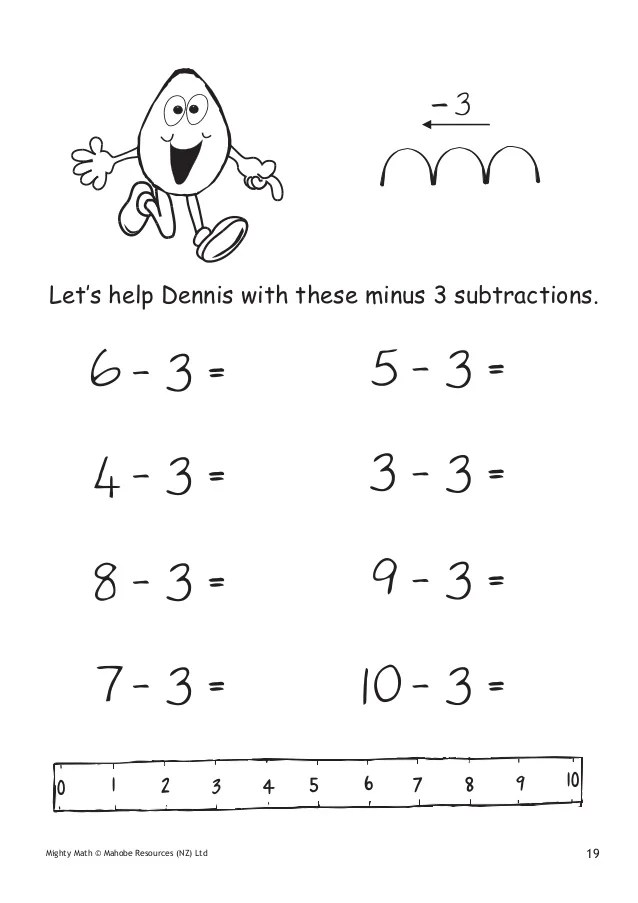 Each time a player rolls the dice, they get the chance to move places forward until they get to a final destination. However, getting there is not as easy as it sounds, there are snakes that could swallow you and take you back to start. Snakes and Ladders is a popular board game that has been enjoyed by children for centuries. While it is primarily a game of chance, it can also be used as a tool to teach math to kids. One way that Snakes and Ladders can be used to teach math is by helping children to understand basic concepts such as counting, addition, and subtraction. As children move their game pieces along the board, they can practice counting the number of spaces they have moved and adding or subtracting the number of spaces they have moved to their current position on the board. This can help children to develop their basic math skills and improve their ability to perform basic math calculations. Another way that Snakes and Ladders can be used to teach math is by helping children to understand more advanced concepts such as probability and probability distribution.
Each time a player rolls the dice, they get the chance to move places forward until they get to a final destination. However, getting there is not as easy as it sounds, there are snakes that could swallow you and take you back to start. Snakes and Ladders is a popular board game that has been enjoyed by children for centuries. While it is primarily a game of chance, it can also be used as a tool to teach math to kids. One way that Snakes and Ladders can be used to teach math is by helping children to understand basic concepts such as counting, addition, and subtraction. As children move their game pieces along the board, they can practice counting the number of spaces they have moved and adding or subtracting the number of spaces they have moved to their current position on the board. This can help children to develop their basic math skills and improve their ability to perform basic math calculations. Another way that Snakes and Ladders can be used to teach math is by helping children to understand more advanced concepts such as probability and probability distribution.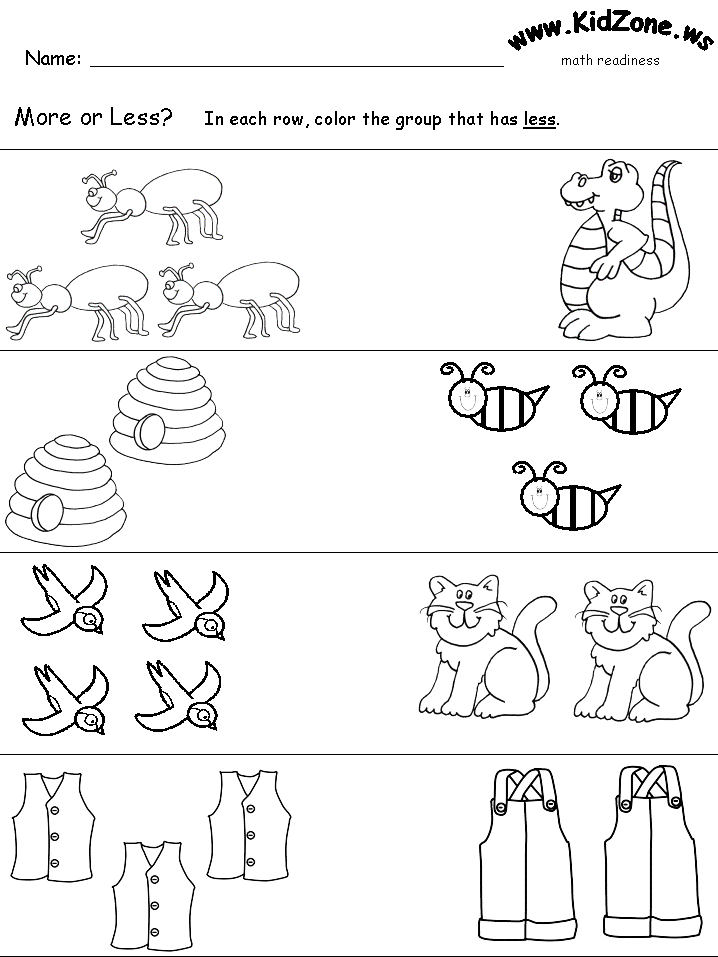 As children play the game, they can learn about the probability of landing on certain spaces on the board, and how this probability is influenced by factors such as the number of dice rolls and the number of spaces moved. This can help children to develop their understanding of probability and how it is used in the real world. In addition to helping children to understand basic and advanced math concepts, Snakes and Ladders can also be used to teach children important social skills such as taking turns and following rules. As children play the game, they can learn to respect the rules of the game and to take turns in a fair and orderly manner. This can help children to develop their social skills and to learn how to interact with others in a positive and respectful way. Overall, Snakes and Ladders is a fun and engaging board game that can be used to teach children a wide range of math and social skills. By playing the game, children can develop their math skills, improve their understanding of probability, and learn important social skills such as taking turns and following rules.
As children play the game, they can learn about the probability of landing on certain spaces on the board, and how this probability is influenced by factors such as the number of dice rolls and the number of spaces moved. This can help children to develop their understanding of probability and how it is used in the real world. In addition to helping children to understand basic and advanced math concepts, Snakes and Ladders can also be used to teach children important social skills such as taking turns and following rules. As children play the game, they can learn to respect the rules of the game and to take turns in a fair and orderly manner. This can help children to develop their social skills and to learn how to interact with others in a positive and respectful way. Overall, Snakes and Ladders is a fun and engaging board game that can be used to teach children a wide range of math and social skills. By playing the game, children can develop their math skills, improve their understanding of probability, and learn important social skills such as taking turns and following rules.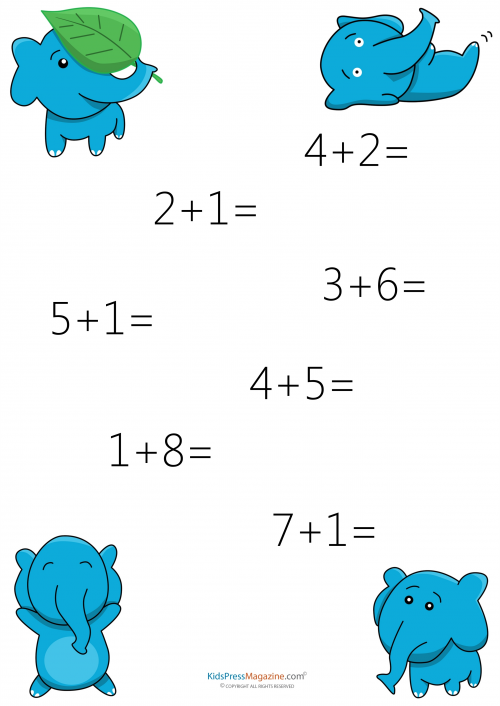 Whether played at home or in the classroom, Snakes and Ladders is a valuable educational tool that can help children to develop a strong foundation in math and social skills.
Whether played at home or in the classroom, Snakes and Ladders is a valuable educational tool that can help children to develop a strong foundation in math and social skills.
Math Zombie Games:
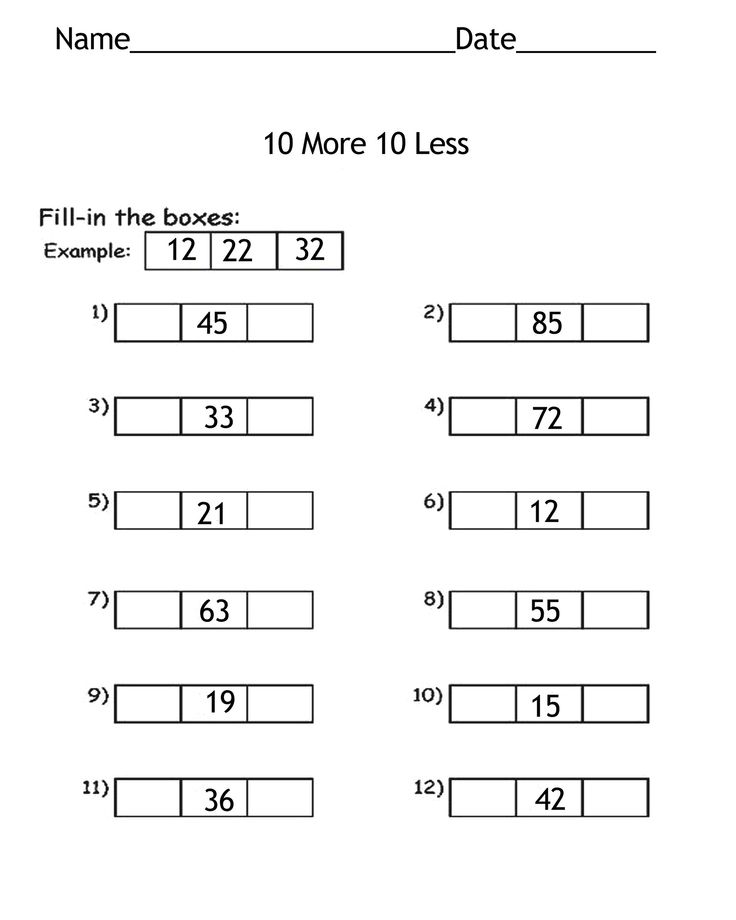 By setting math problems within the context of a zombie game, kids can learn math concepts while also having fun. One popular zombie game that teaches math is "Zombie Math Zombie." In this game, kids are tasked with solving math problems in order to fend off zombies. As they progress through the game, the math problems become increasingly difficult, encouraging kids to continue practicing their skills. Another popular zombie game that teaches math is "Zombie Outbreak Calculator." In this game, kids are given a series of math problems related to a hypothetical zombie outbreak. For example, they may be asked to calculate how many zombies there would be after a certain number of days, or how much food and supplies would be needed to survive the outbreak. In addition to traditional math concepts like addition, subtraction, and multiplication, these zombie games can also teach kids about geometry and spatial reasoning. For example, they may need to calculate the distance they need to travel to reach a safe zone, or determine the best route to take based on the location of zombies and resources.
By setting math problems within the context of a zombie game, kids can learn math concepts while also having fun. One popular zombie game that teaches math is "Zombie Math Zombie." In this game, kids are tasked with solving math problems in order to fend off zombies. As they progress through the game, the math problems become increasingly difficult, encouraging kids to continue practicing their skills. Another popular zombie game that teaches math is "Zombie Outbreak Calculator." In this game, kids are given a series of math problems related to a hypothetical zombie outbreak. For example, they may be asked to calculate how many zombies there would be after a certain number of days, or how much food and supplies would be needed to survive the outbreak. In addition to traditional math concepts like addition, subtraction, and multiplication, these zombie games can also teach kids about geometry and spatial reasoning. For example, they may need to calculate the distance they need to travel to reach a safe zone, or determine the best route to take based on the location of zombies and resources.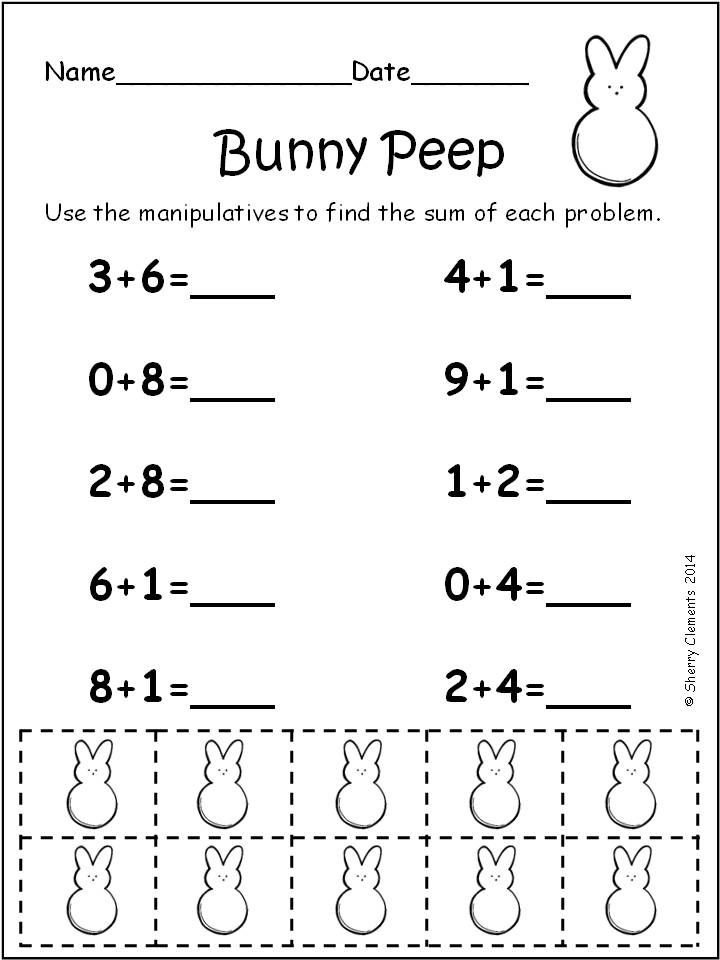 One of the benefits of using zombie games to teach math is that they can make the subject more interesting and engaging for kids. Many kids are naturally drawn to horror and survival themes, and incorporating these elements into math lessons can help keep them motivated and focused. Furthermore, by setting math problems within a game context, kids are able to see the practical applications of math in a more meaningful way. Rather than just solving abstract equations, they can see how math can be used to solve real-world problems and make decisions. There are also a number of educational apps and websites that offer zombie-themed math games for kids. These can be accessed on a variety of devices, making it easy for kids to practice their math skills at home or on the go. Overall, zombie games can be a fun and effective way to teach math to kids. By combining the excitement of a zombie game with the challenges of math problems, kids can learn math concepts while also having a good time. So, it's a great way to teach math to kids and make it more interesting for them.
One of the benefits of using zombie games to teach math is that they can make the subject more interesting and engaging for kids. Many kids are naturally drawn to horror and survival themes, and incorporating these elements into math lessons can help keep them motivated and focused. Furthermore, by setting math problems within a game context, kids are able to see the practical applications of math in a more meaningful way. Rather than just solving abstract equations, they can see how math can be used to solve real-world problems and make decisions. There are also a number of educational apps and websites that offer zombie-themed math games for kids. These can be accessed on a variety of devices, making it easy for kids to practice their math skills at home or on the go. Overall, zombie games can be a fun and effective way to teach math to kids. By combining the excitement of a zombie game with the challenges of math problems, kids can learn math concepts while also having a good time. So, it's a great way to teach math to kids and make it more interesting for them.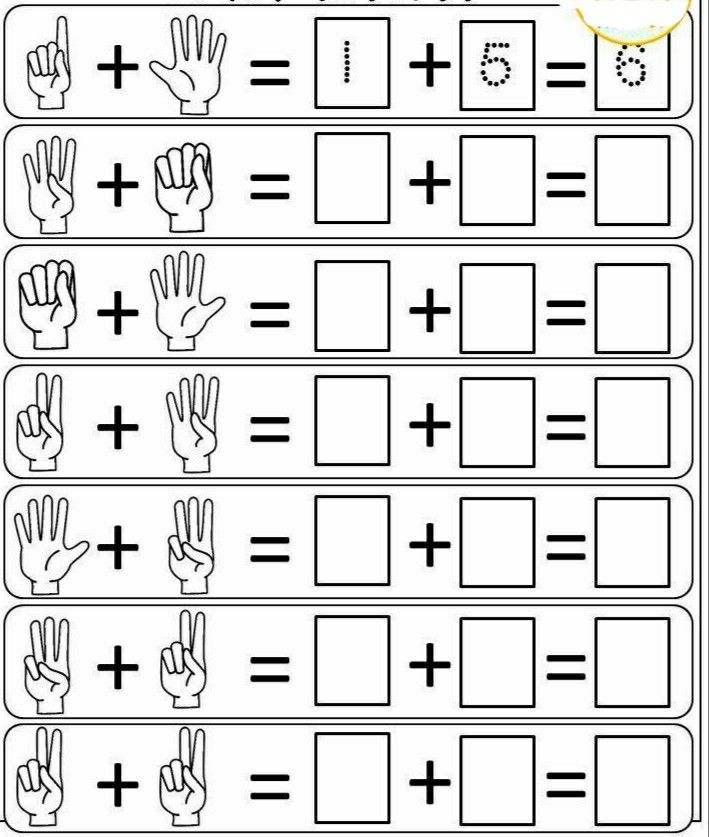
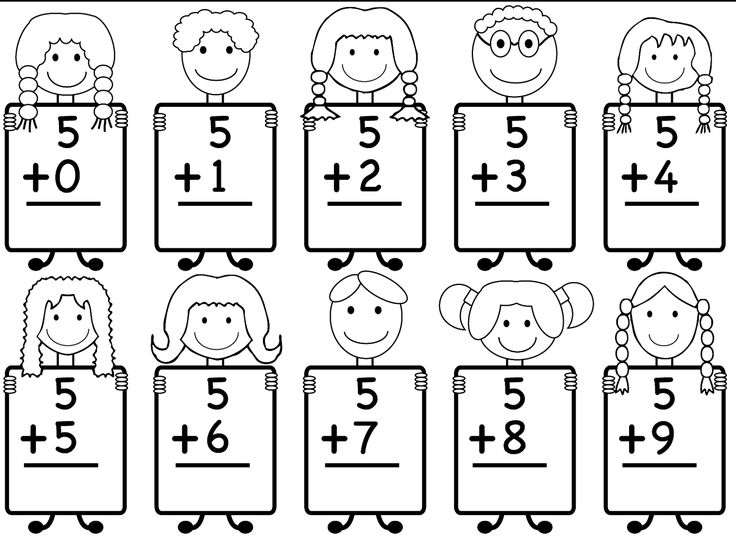 These games provide an engaging and interactive way for children to learn math concepts and improve their skills. One of the most popular dinosaur math games is "Dino Dash." In this game, players control a dinosaur character and must solve math problems to move through the game. As players progress through the levels, the math problems become more challenging. This game is great for reinforcing basic math skills such as addition, subtraction, and multiplication. Another popular dinosaur math game is "Dino Island." In this game, players must build and manage their own dinosaur theme park. To do this, they must use math skills such as budgeting, estimating, and problem-solving. Players must also use their math skills to care for the dinosaurs in their park, including feeding them and keeping them healthy. Another type of dinosaur math game is the "Dino Match" series. In these games, players must match the correct math problem to the correct answer. This is a great way for kids to practice their math facts and improve their speed and accuracy.
These games provide an engaging and interactive way for children to learn math concepts and improve their skills. One of the most popular dinosaur math games is "Dino Dash." In this game, players control a dinosaur character and must solve math problems to move through the game. As players progress through the levels, the math problems become more challenging. This game is great for reinforcing basic math skills such as addition, subtraction, and multiplication. Another popular dinosaur math game is "Dino Island." In this game, players must build and manage their own dinosaur theme park. To do this, they must use math skills such as budgeting, estimating, and problem-solving. Players must also use their math skills to care for the dinosaurs in their park, including feeding them and keeping them healthy. Another type of dinosaur math game is the "Dino Match" series. In these games, players must match the correct math problem to the correct answer. This is a great way for kids to practice their math facts and improve their speed and accuracy.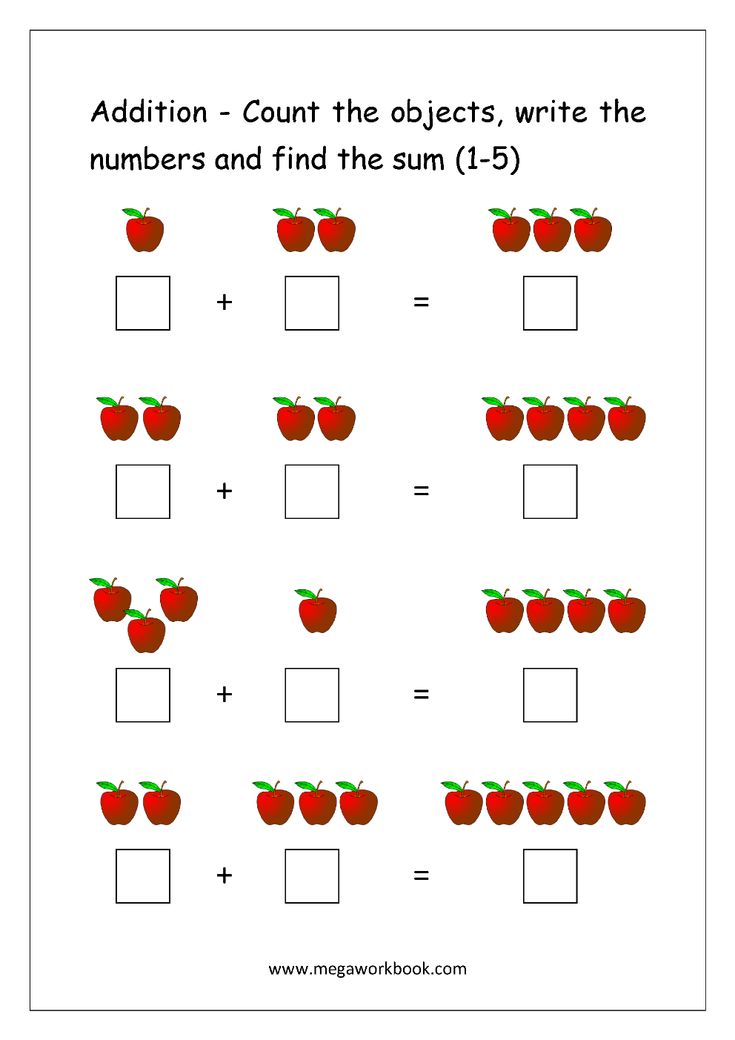 In addition to traditional math skills, dinosaur games can also teach kids important life skills such as decision-making and problem-solving. For example, in "Dino Quest," players must help their dinosaur character navigate through a series of challenges and make decisions along the way. This game teaches kids to think critically and make informed decisions. There are many benefits to using dinosaur games to teach math to kids. These games provide a fun and interactive way for kids to learn math concepts and improve their skills. They also allow kids to practice math in a real-world setting, which can help them understand the relevance and importance of math in their daily lives. Overall, dinosaur games are a great resource for teaching math to kids. They provide an engaging and interactive way for children to learn math concepts and improve their skills. Whether you are a parent, teacher, or caregiver, consider incorporating dinosaur games into your math lesson plans to provide a fun and effective way for kids to learn math.
In addition to traditional math skills, dinosaur games can also teach kids important life skills such as decision-making and problem-solving. For example, in "Dino Quest," players must help their dinosaur character navigate through a series of challenges and make decisions along the way. This game teaches kids to think critically and make informed decisions. There are many benefits to using dinosaur games to teach math to kids. These games provide a fun and interactive way for kids to learn math concepts and improve their skills. They also allow kids to practice math in a real-world setting, which can help them understand the relevance and importance of math in their daily lives. Overall, dinosaur games are a great resource for teaching math to kids. They provide an engaging and interactive way for children to learn math concepts and improve their skills. Whether you are a parent, teacher, or caregiver, consider incorporating dinosaur games into your math lesson plans to provide a fun and effective way for kids to learn math.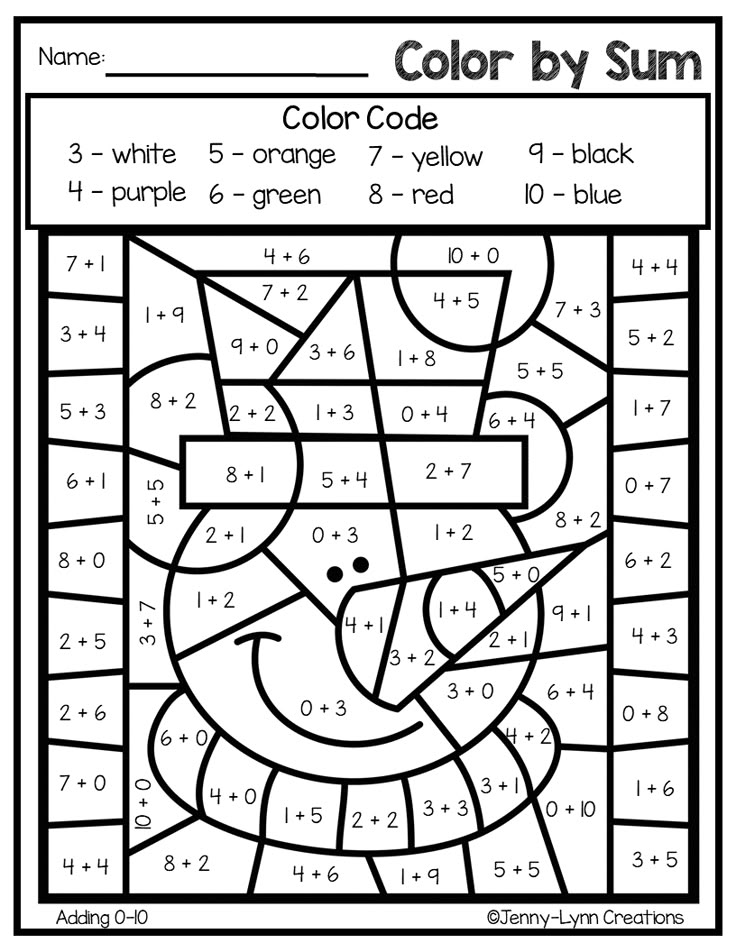
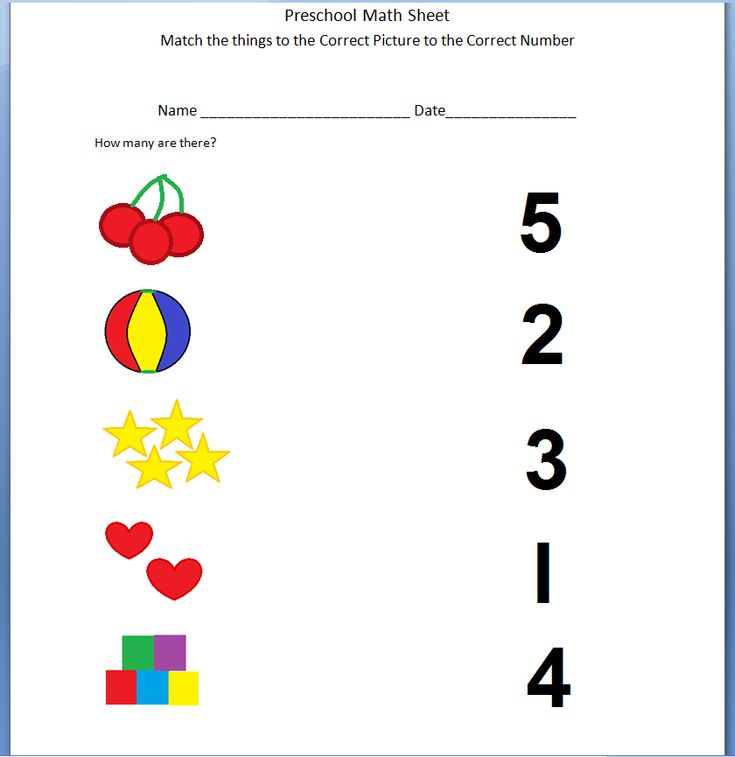 For example, for younger children, the questions can be basic addition and subtraction problems. For older children, the questions can be more advanced, including multiplication, division, and even algebraic equations. To make the game more exciting and competitive, the questions can be timed, and the team with the most points at the end of the game wins. The game can also be played in a tournament style, with multiple teams competing against each other. Math basketball can be played indoors or outdoors, depending on the availability of a basketball court. The game can be played with a regular basketball or a mini basketball, depending on the age and ability of the players. In addition to practicing math skills, math basketball also helps children develop their physical skills, such as hand-eye coordination and gross motor skills. It also promotes teamwork and sportsmanship as players work together to answer the questions and shoot the hoops. Overall, math basketball is a fun and educational game that helps children learn math in a interactive and enjoyable way.
For example, for younger children, the questions can be basic addition and subtraction problems. For older children, the questions can be more advanced, including multiplication, division, and even algebraic equations. To make the game more exciting and competitive, the questions can be timed, and the team with the most points at the end of the game wins. The game can also be played in a tournament style, with multiple teams competing against each other. Math basketball can be played indoors or outdoors, depending on the availability of a basketball court. The game can be played with a regular basketball or a mini basketball, depending on the age and ability of the players. In addition to practicing math skills, math basketball also helps children develop their physical skills, such as hand-eye coordination and gross motor skills. It also promotes teamwork and sportsmanship as players work together to answer the questions and shoot the hoops. Overall, math basketball is a fun and educational game that helps children learn math in a interactive and enjoyable way.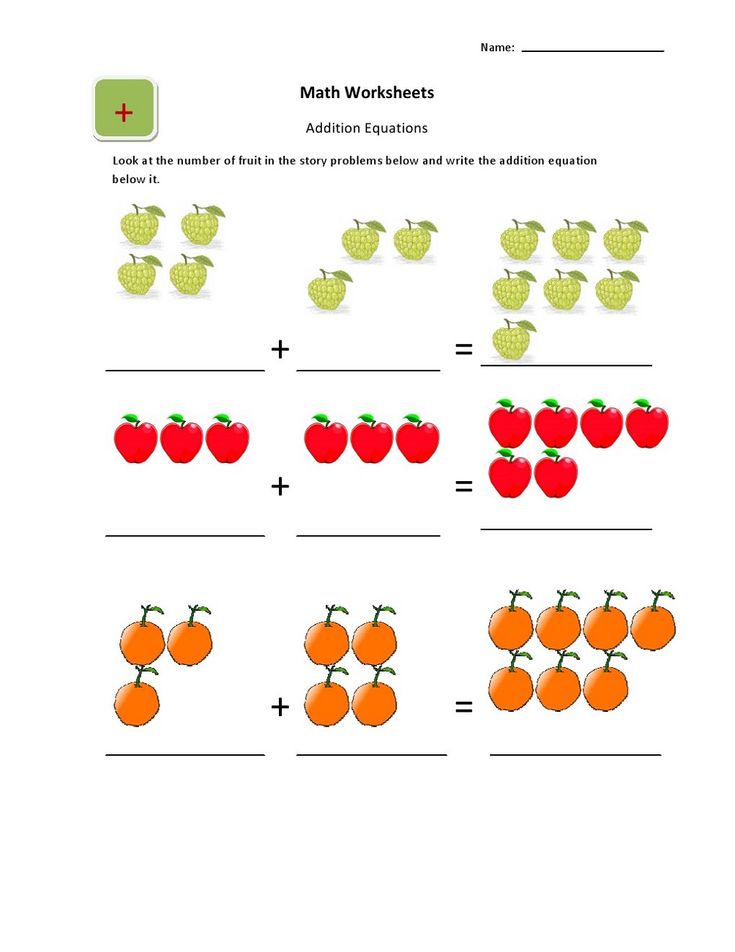 It is a great activity for children to do on their own or with a group of friends.
It is a great activity for children to do on their own or with a group of friends.Math Asteroid Games
This game is based on the concept of objects falling from outer space back to Earth. If these objects reach Earth before your strike them, they may cause a lot of damage. What students are expected to do to save the planet is to answer as many questions as possible correctly in order to delay the asteroid on its path to Earth.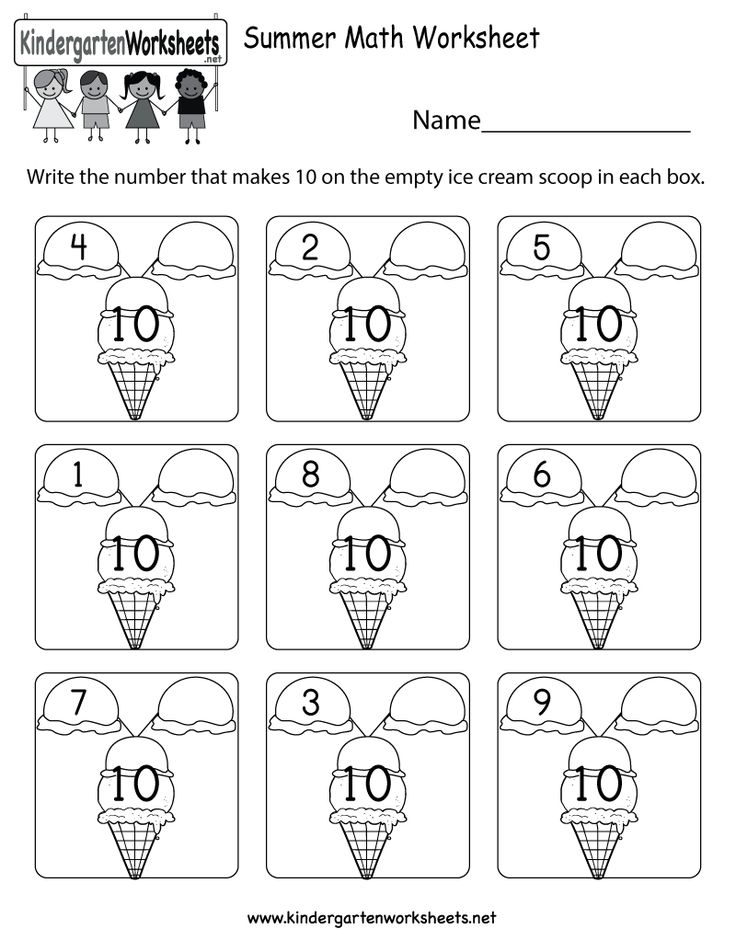 The game is quite fun and speed is everything. You may not end up beating the asteroids but you may delay their impact on Earth. The ultimate goal is to solve as many problems as possible and earn a lot of points at the end of the game. This game can be played in the classroom as a group game or at home as an individual review test. Have fun saving the Earth.
The game is quite fun and speed is everything. You may not end up beating the asteroids but you may delay their impact on Earth. The ultimate goal is to solve as many problems as possible and earn a lot of points at the end of the game. This game can be played in the classroom as a group game or at home as an individual review test. Have fun saving the Earth.
Math wheel of fortune games
The idea of a wheel of fortune is known to most of us. Basically, it is about spinning a wheel and earning points. In a casino, these points translate to money. However, in the current game, children spin the wheel and solve math problems in order to earn these points. The reward goes to the player or team that gets the most points at the end of the game. This is modulated by how many math problems you solved and got right. This game is so much fun and can be played by an individual or in a group.
Games free math | games maths free | math games that are free |
Math Games U. K. - Year 1 | Year 2 | Year 3 | Year 4 | Year 5 | Year 6 | Year 7 | Year 8
K. - Year 1 | Year 2 | Year 3 | Year 4 | Year 5 | Year 6 | Year 7 | Year 8
U.S. - Kindergarten | 1st Grade | 2nd Grade | 3rd Grade| 4th Grade| 5th Grade | 6th Grade | 7th Grade
Websites for math games
There are several websites for math games out there, however some only focus only on providing free math games and hardly include any other resources. We have gone beyond games to include other activities like printable worksheets, online quizzes (without a game integrated), puzzles, flashcards, blogs and more. Our games are also of a wide variety and we are committed to constant updates on the latest game concept out there. With your support, we figured out the trends that teachers and parents love and your feedback enabled us to come up with this rich collection.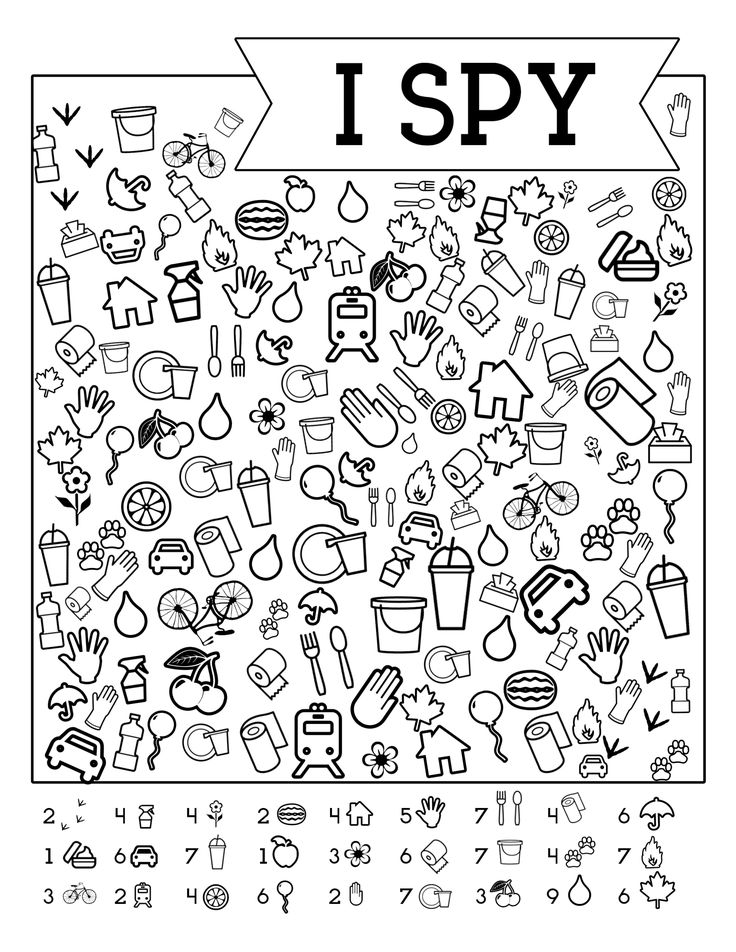
With the death of adobe flash, we had to make a quick shift and come up with HTML5 game versions that are compatible for mobile devices and across all web browsers. We have not completed the process yet; work is still in progress on recreating the exact game templates that existed before. So far, a lot of topics have been covered for each grade and our users are liking it.
Why we focus so much on math games is because math is a subject that most people struggled or still struggle with. Although we had a chance to avoid the subject completely at some stage, it is impossible when you have kids. Your level of weakness in the subject gets even worse over time and you may be surprised how quickly your kids have improved over time. It makes teaching them very difficult in turn. Given this situation, you may end up unconsciously discouraging your kids from loving this subject which is actually quite fun.
Our goal is to help parents through this huddle, by providing them with free alternatives of teaching math in a way that increases the interest in the subject.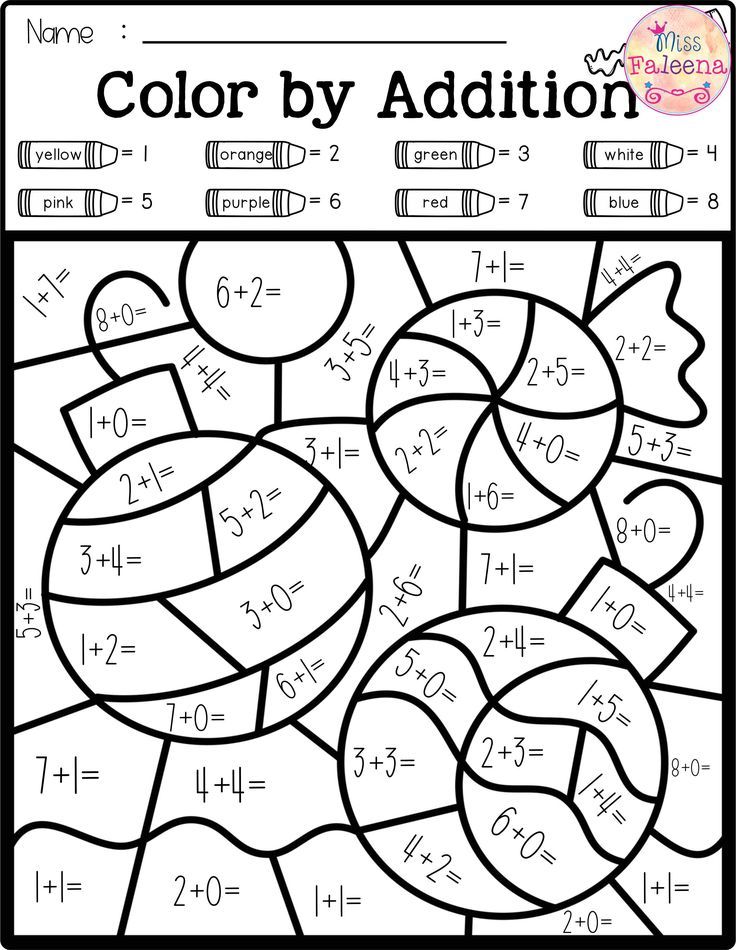 Children are not only playing math games here, but are also solving math problems. This combination is great for homeschooling kids as well as for boosting the excitement in a math classroom.
Children are not only playing math games here, but are also solving math problems. This combination is great for homeschooling kids as well as for boosting the excitement in a math classroom.
In future we are considering delivering customized games for schools and educators at large. How this will work is, a parent or school may contact us for custom games on any math topic. Based on the resources we have in terms of templates; we shall go ahead and create these activities and host them on this website. Once this is done, we shall share the link with whoever made the request.
We are also going to append other resources to our games. On this website as mentioned earlier, there are worksheets and puzzles to complement exercises on each topic. One thing we are also doing, is creating a robust math video platform through our KidsMathTV YouTube channel. It is worth noting that our games are more or less like quizzes that test skills already learned. If you don’t master these skills yet, it makes sense to head over to the videos on YouTube and select the topic you need to study.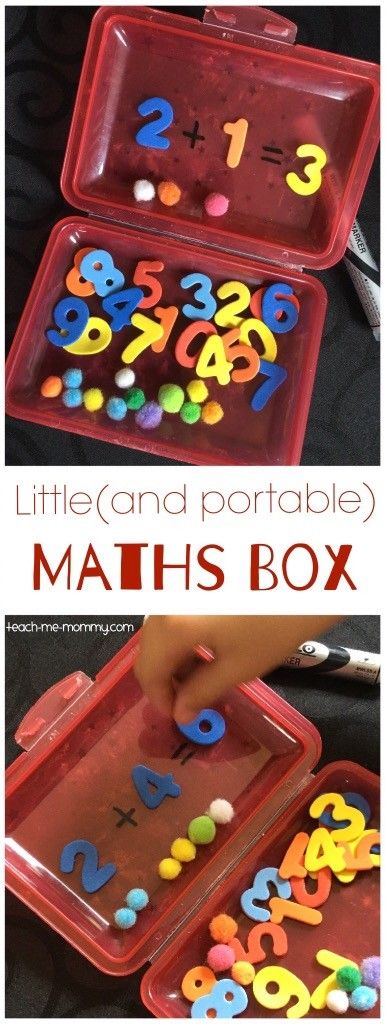 Afterwards, take a test to further improve and consolidate math skills learned.
Afterwards, take a test to further improve and consolidate math skills learned.
Based on our future and current projects, we are being listed among the top ten best websites for math games that are free. Keep coming back and also remember to share our content.
Why Math Games Are Great For Kids
Math games are a great way for kids to learn and have fun at the same time. Not only do they help children practice and reinforce their math skills, but they also encourage critical thinking and problem-solving abilities. One of the benefits of math games is that they can be tailored to a child's individual needs and abilities. This allows kids to learn at their own pace and helps to prevent frustration. Math games can also make learning math more interactive and engaging, which can be especially helpful for kids who struggle with traditional methods of math instruction. Another reason why math games are great for kids is that they can help to build confidence. As children master math concepts and win at math games, their self-esteem and confidence in their math abilities will grow. This can be especially important for kids who struggle with math, as it can help to change their negative attitude towards the subject. Math games can also be a fun way for kids to learn and practice math skills with their friends and family. By playing math games together, children can learn social skills such as taking turns, following rules, and working as a team. Overall, math games are a great way for kids to learn and practice math skills in a fun and engaging way. They can be tailored to individual needs, build confidence, and provide an opportunity for social interaction. So next time you're looking for a way to help your child practice their math skills, consider trying out some math games!
As children master math concepts and win at math games, their self-esteem and confidence in their math abilities will grow. This can be especially important for kids who struggle with math, as it can help to change their negative attitude towards the subject. Math games can also be a fun way for kids to learn and practice math skills with their friends and family. By playing math games together, children can learn social skills such as taking turns, following rules, and working as a team. Overall, math games are a great way for kids to learn and practice math skills in a fun and engaging way. They can be tailored to individual needs, build confidence, and provide an opportunity for social interaction. So next time you're looking for a way to help your child practice their math skills, consider trying out some math games!
Why use math games in the classroom
As a teacher, it is important to make learning fun and engaging for your students. One way to do this is by incorporating math games into your lessons.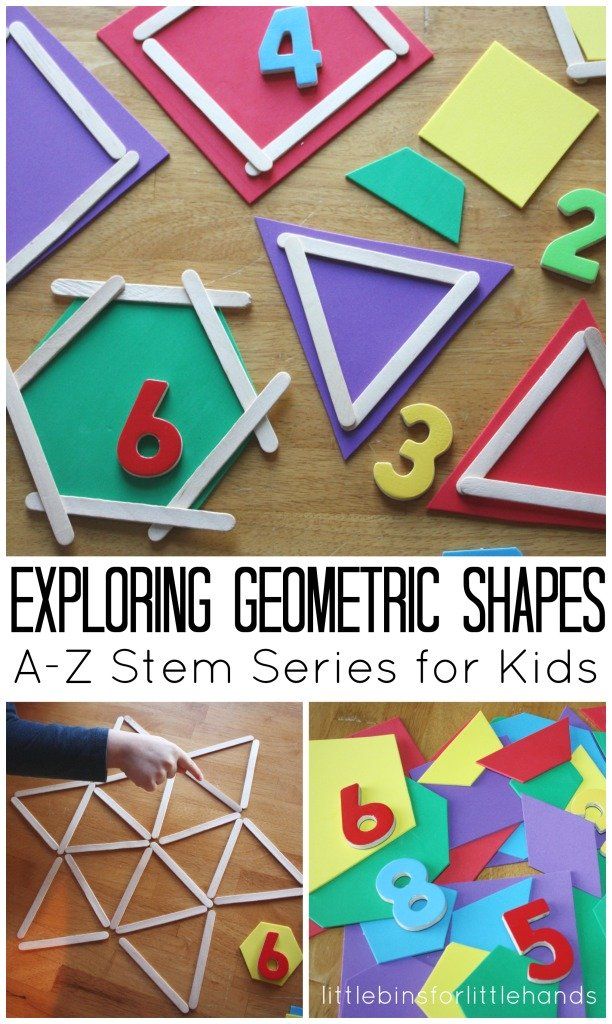 Math games not only make learning math more enjoyable, but they also have numerous benefits for student learning and development. First and foremost, math games make it easier for students to understand and retain math concepts. When students are having fun, they are more likely to pay attention and be engaged in the lesson. This creates a more positive learning environment, which leads to better understanding and retention of the material. Math games also encourage problem-solving and critical thinking skills. Many math games require students to think creatively and use their reasoning skills to solve problems. This helps to develop these skills, which are essential for success not only in math, but in other subjects and in life. In addition, math games can be used to differentiate instruction and cater to the needs of all students in the classroom. For example, if you have a student who is struggling with a particular concept, you can provide them with a math game that is geared towards reinforcing that concept.
Math games not only make learning math more enjoyable, but they also have numerous benefits for student learning and development. First and foremost, math games make it easier for students to understand and retain math concepts. When students are having fun, they are more likely to pay attention and be engaged in the lesson. This creates a more positive learning environment, which leads to better understanding and retention of the material. Math games also encourage problem-solving and critical thinking skills. Many math games require students to think creatively and use their reasoning skills to solve problems. This helps to develop these skills, which are essential for success not only in math, but in other subjects and in life. In addition, math games can be used to differentiate instruction and cater to the needs of all students in the classroom. For example, if you have a student who is struggling with a particular concept, you can provide them with a math game that is geared towards reinforcing that concept.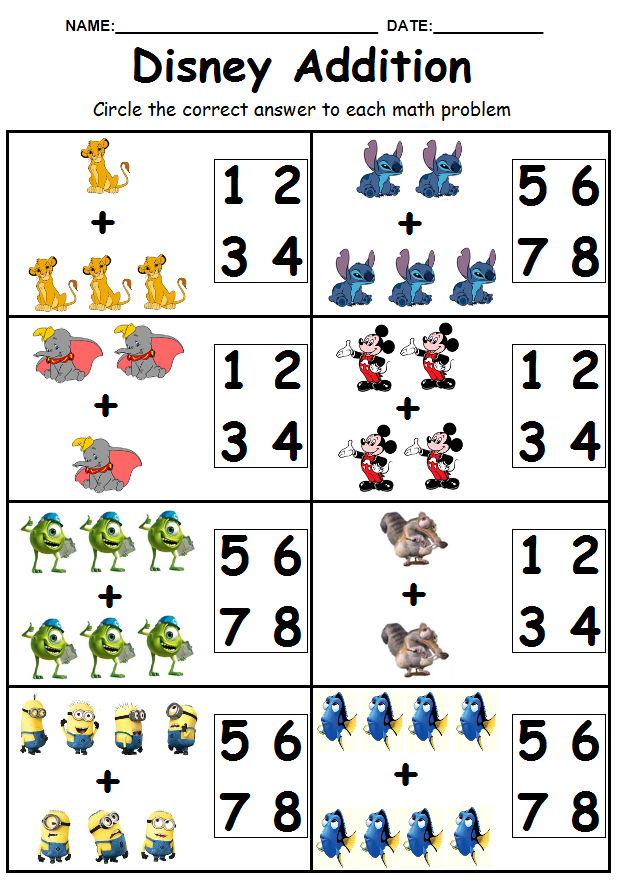 This allows the student to work on the concept at their own pace and in a way that is enjoyable for them. Furthermore, math games can be used to introduce new concepts in a low-stress environment. Many students get anxious when they are faced with new material, but by using a math game to introduce a concept, you can take away some of that anxiety and make the learning process more enjoyable. In conclusion, incorporating math games into the classroom is a great way to make learning math more enjoyable and effective. Math games encourage problem-solving and critical thinking skills, cater to the needs of all students, and can be used to introduce new concepts in a low-stress environment. As a teacher, it is worth considering incorporating math games into your lessons to enhance student learning and engagement.
This allows the student to work on the concept at their own pace and in a way that is enjoyable for them. Furthermore, math games can be used to introduce new concepts in a low-stress environment. Many students get anxious when they are faced with new material, but by using a math game to introduce a concept, you can take away some of that anxiety and make the learning process more enjoyable. In conclusion, incorporating math games into the classroom is a great way to make learning math more enjoyable and effective. Math games encourage problem-solving and critical thinking skills, cater to the needs of all students, and can be used to introduce new concepts in a low-stress environment. As a teacher, it is worth considering incorporating math games into your lessons to enhance student learning and engagement.
Variations of Math Games With Dice
There are several variations of math games with dice. In each one, the player must write the equation on the rectangle that is covered by his roll.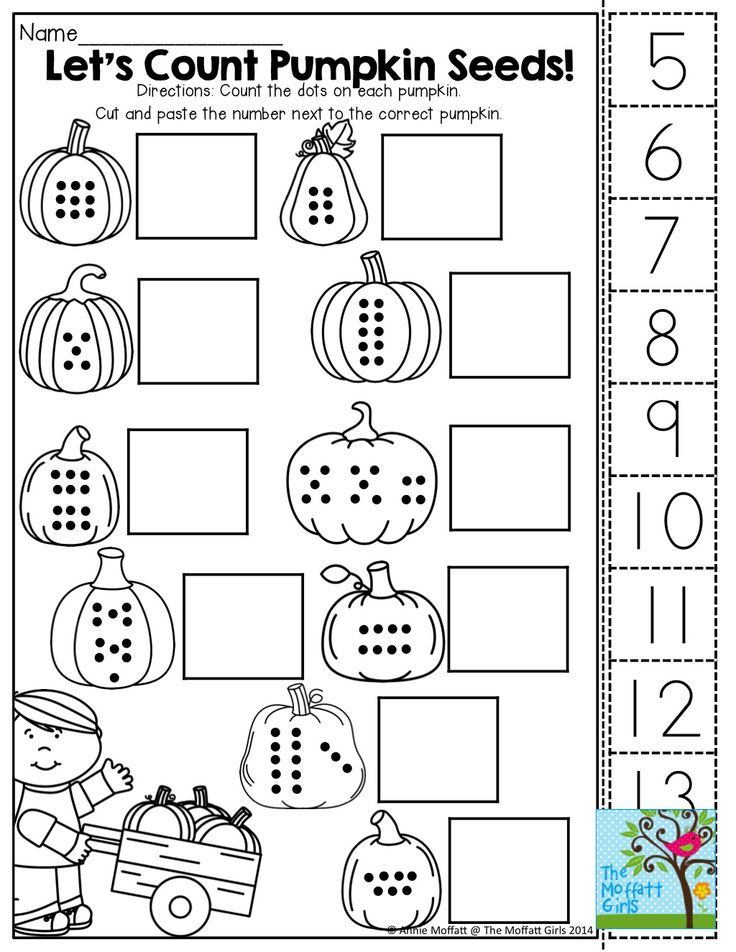 If he succeeds, he wins. If he fails, he must start over and roll again. A winning player is the one who covers the largest area in the rectangle.
If he succeeds, he wins. If he fails, he must start over and roll again. A winning player is the one who covers the largest area in the rectangle.
Variations of math dice games online
If you're looking for a fun way to learn math, consider playing variations of math dice games. These games require your child to compare sets of two numbers and decide when to keep the pair and re-roll the dice. Some of them are simple and easy to play, but others require more strategy and planning.
Some variations include multi-step dice. Here, players roll two dice and mentally add or subtract them, resulting in a number that adds up to 100. A player can choose to roll two green dice, one blue die, or a combination of both. The winner is the player who gets the closest to 100.
Dice games are a fun way to practice basic math skills, and they help students spot patterns and shortcuts in equations. They are also inexpensive and easy to find at the dollar store. Generally, you will need a few dice, pencil, and a piece of paper with numbers and a mountain drawing. Each player takes a turn rolling the dice, and whoever has the highest total wins.
Generally, you will need a few dice, pencil, and a piece of paper with numbers and a mountain drawing. Each player takes a turn rolling the dice, and whoever has the highest total wins.
Math dice games can also be fun ways to help kids explore probability and other related concepts. Students can use any dice to play, from regular six-sided ones to dice with more sides. They also provide opportunities to measure student learning and differentiate instruction.
Set up a game
A game can be played in pairs and can involve a number grid. Each student will need two dice and a pencil. The goal of the game is to make the largest number possible by rolling the dice. Then, students will place the numbers on the grid. The person who rolls the largest number wins! This game also teaches students to compare numbers using addition, subtraction, and multiplication.
Another game to play with dice is called area. All you need are two dice, graph paper, and colored pencils.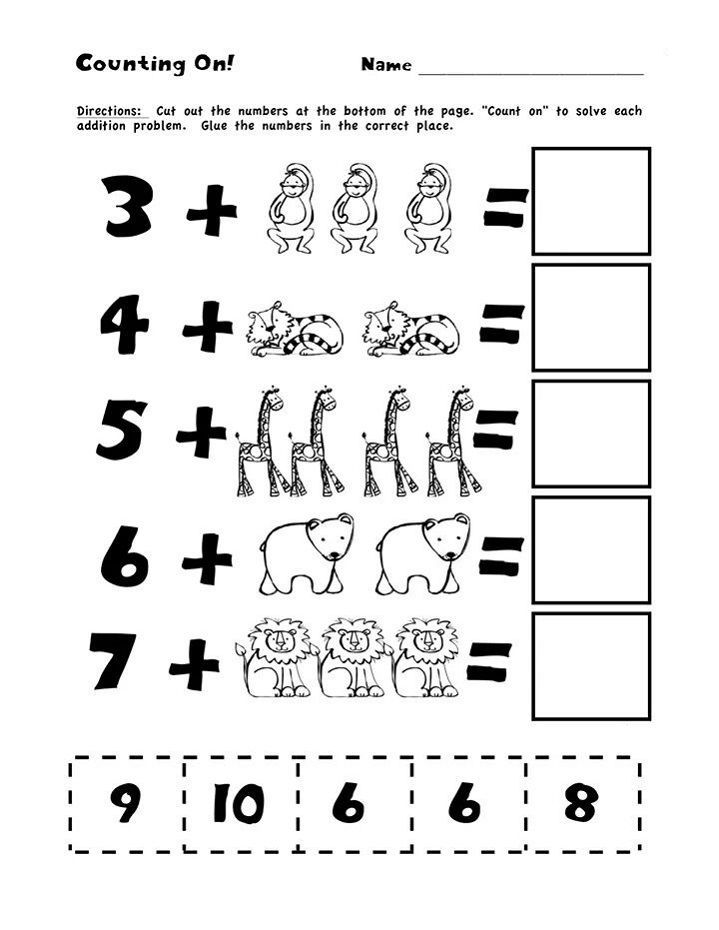 Each player rolls a pair of dice and has to write down the number that is rolled on the graph paper. The player who comes closest to the correct number wins the round.
Each player rolls a pair of dice and has to write down the number that is rolled on the graph paper. The player who comes closest to the correct number wins the round.
Math dice games can also be played anywhere, making them a great way to learn math facts. A fun game to play with children will engage them in the learning process while developing their critical thinking and communication skills.
Other Dice Game Ideas
Dice games can also be used for storytelling and problem solving. You can take turns narrating a story, and then pause so others can pick up the story mid-story. Alternatively, you can use dice to ask questions. You can also research questions and brainstorm using the number that you roll.
Another great game to start playing with dice is 'Roll & Cover'. The idea is simple: roll two dice, and see which number is higher. If that number is higher than the others, they roll again, and so on. The player who rolls the highest number wins both dice.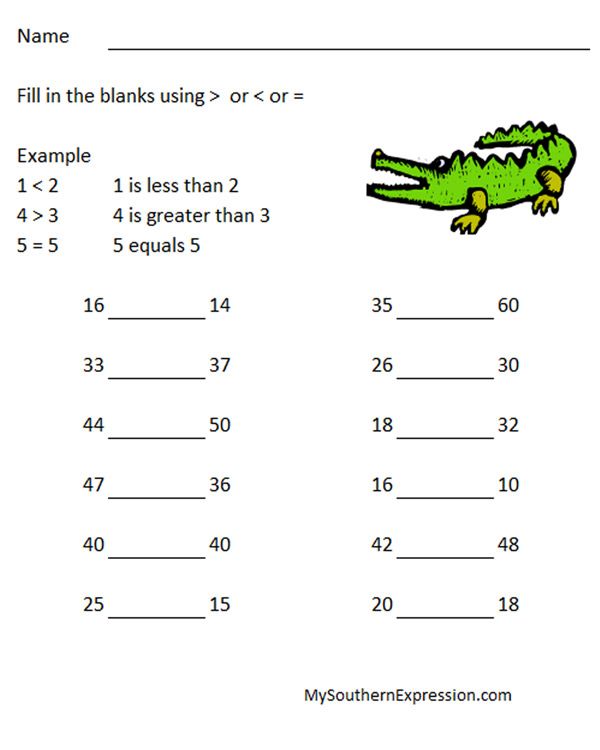 If they roll more than twice, they move to the middle. If they don't win, they lose all points for that round.
If they roll more than twice, they move to the middle. If they don't win, they lose all points for that round.
Benefits of memory games in early childhood
Memory games are a type of educational activity that can be incredibly beneficial for children in their early years of development. These games are designed to help children improve their memory skills, concentration, and overall cognitive abilities. In this essay, we will explore some of the key benefits of memory games for early childhood and how these games can help children learn and grow.
One of the primary benefits of memory games for early childhood is that they help to improve memory skills. Memory is a crucial cognitive function that enables us to retain and recall information. It is essential for learning and problem-solving, and it is something that we use every day. Memory games help children to improve their memory skills by providing them with a fun and engaging way to practice recalling and remembering information. These games often involve matching or matching objects, which helps children to learn how to associate and remember specific pieces of information.
These games often involve matching or matching objects, which helps children to learn how to associate and remember specific pieces of information.
Another benefit of memory games for early childhood is that they help to improve concentration. Concentration is the ability to focus on a task or activity for an extended period, and it is an essential skill that children need to learn. Memory games can help to improve concentration by providing children with a specific task or activity to focus on. For example, memory games may involve matching objects or cards, which requires children to pay close attention to the details of the objects or cards. This helps children to develop their concentration skills, which can be beneficial for learning and problem-solving in other areas of their lives.
In addition to improving memory and concentration, memory games can also help to improve overall cognitive abilities. Cognitive abilities refer to the mental processes that we use to think, learn, and remember information.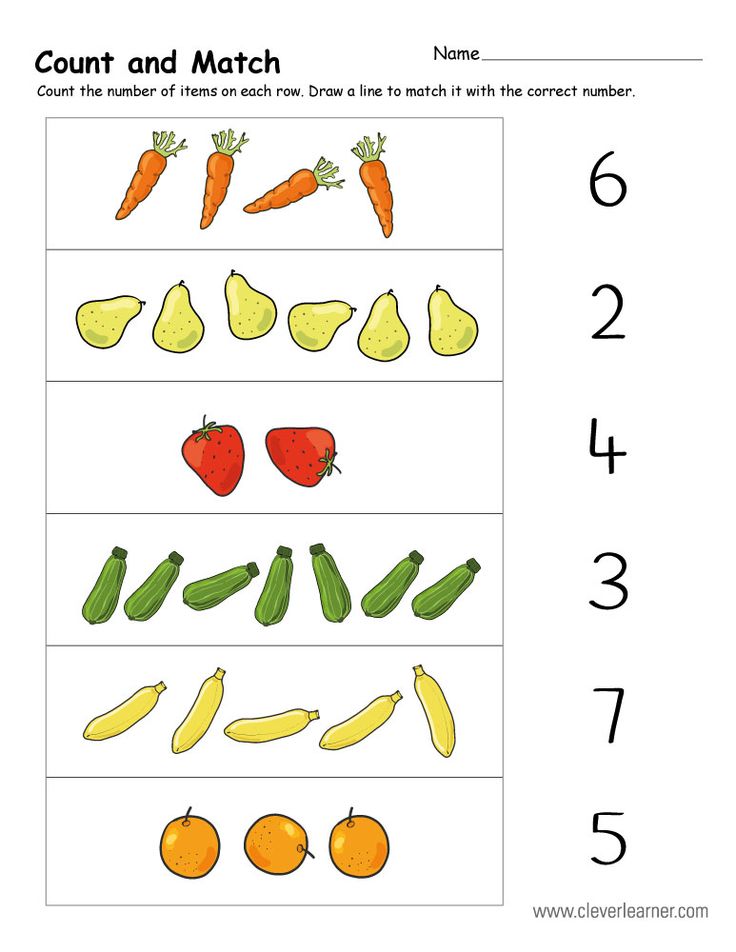 These processes include things like attention, perception, reasoning, and problem-solving. Memory games can help to improve cognitive abilities by providing children with an engaging and stimulating way to practice these skills. For example, memory games may involve matching objects or cards, which requires children to use their observation skills and problem-solve to figure out which objects or cards go together. This can help children to develop their overall cognitive abilities, which can be beneficial for learning and problem-solving in other areas of their lives.
These processes include things like attention, perception, reasoning, and problem-solving. Memory games can help to improve cognitive abilities by providing children with an engaging and stimulating way to practice these skills. For example, memory games may involve matching objects or cards, which requires children to use their observation skills and problem-solve to figure out which objects or cards go together. This can help children to develop their overall cognitive abilities, which can be beneficial for learning and problem-solving in other areas of their lives.
Memory games can also be an excellent way for children to learn new concepts and information. Many memory games involve teaching children about specific topics or subjects, such as animals, colors, shapes, or numbers. By playing memory games, children can learn about these concepts in a fun and engaging way, which can help to make learning more enjoyable and effective.
Another benefit of memory games for early childhood is that they can help to improve social skills.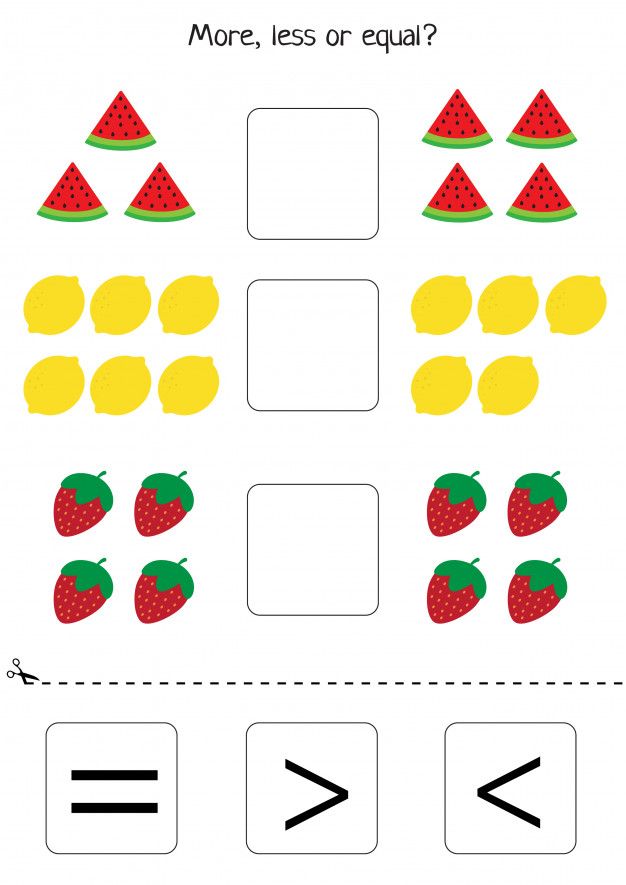 Many memory games involve playing with others, whether it is with a group of friends or with a parent or caregiver. This can provide children with an opportunity to interact with others and practice social skills, such as communication, cooperation, and turn-taking.
Many memory games involve playing with others, whether it is with a group of friends or with a parent or caregiver. This can provide children with an opportunity to interact with others and practice social skills, such as communication, cooperation, and turn-taking.
In conclusion, memory games are a fantastic educational activity for early childhood that can provide numerous benefits for children's learning and development. These games can help to improve memory skills, concentration, cognitive abilities, and social skills, and they can also be an excellent way for children to learn new concepts and information. Overall, memory games can be a valuable tool for helping children to learn and grow in a fun and engaging way.
Disadvantages of using games in teaching mathematics
Using games in the classroom can be a fun and engaging way to teach students, particularly in subjects like mathematics where some students may struggle with traditional methods of learning. However, there are also several disadvantages to using games as a teaching tool in mathematics that educators should consider.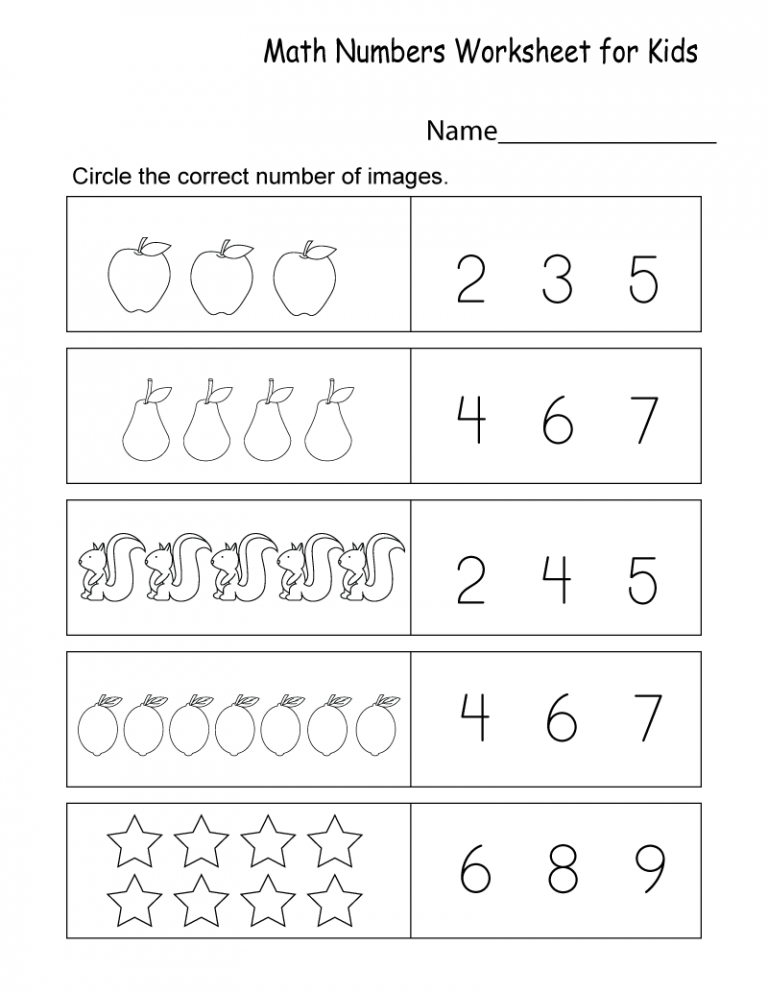 One disadvantage is that games can be time-consuming. Even though they may be effective in engaging students, they can also take up a lot of class time that could be used for other activities. This is especially true if the game requires a lot of setup or explanation, or if it is a longer game that takes a significant amount of time to complete. This can be frustrating for students who prefer more traditional methods of learning, as well as for teachers who may feel like they are not able to cover as much material as they would like due to the time spent on games. Another disadvantage of using games in the classroom is that they may not be suitable for all students. Some students may struggle with the game format, whether it be due to physical limitations, learning disabilities, or simply a lack of interest in playing games. These students may feel left out or disadvantaged if they are unable to participate in the game, which can lead to frustration and a lack of engagement in the lesson.
One disadvantage is that games can be time-consuming. Even though they may be effective in engaging students, they can also take up a lot of class time that could be used for other activities. This is especially true if the game requires a lot of setup or explanation, or if it is a longer game that takes a significant amount of time to complete. This can be frustrating for students who prefer more traditional methods of learning, as well as for teachers who may feel like they are not able to cover as much material as they would like due to the time spent on games. Another disadvantage of using games in the classroom is that they may not be suitable for all students. Some students may struggle with the game format, whether it be due to physical limitations, learning disabilities, or simply a lack of interest in playing games. These students may feel left out or disadvantaged if they are unable to participate in the game, which can lead to frustration and a lack of engagement in the lesson.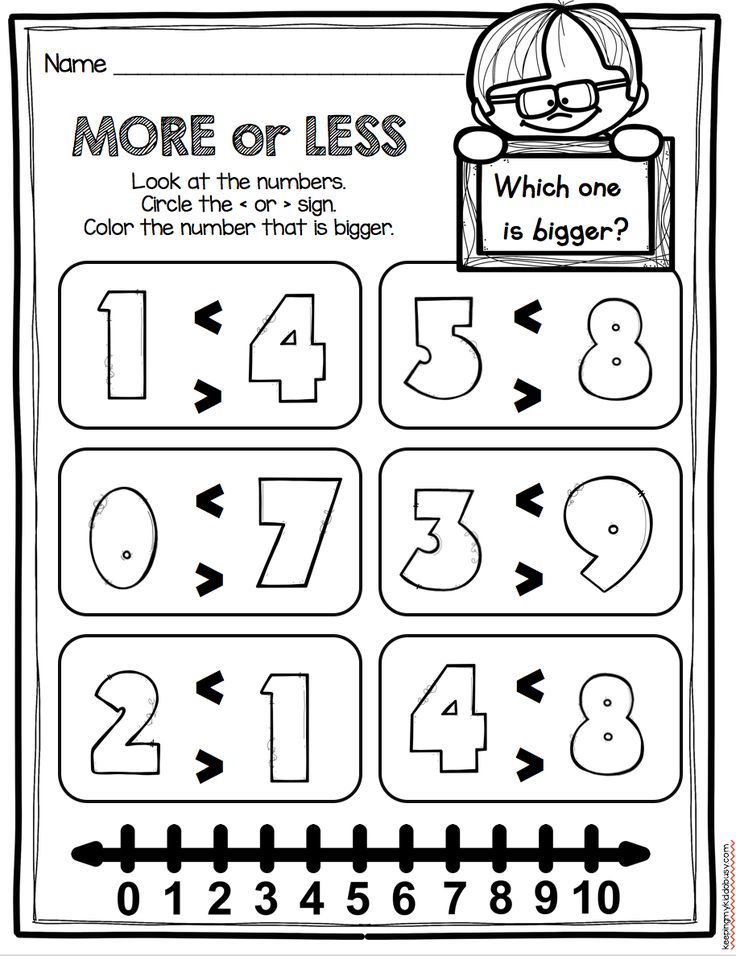 Additionally, some games may not be directly related to the material being taught, which can lead to confusion or a lack of understanding for students. While games can be a fun way to reinforce concepts, they should not be relied upon as the sole method of instruction. It is important for teachers to balance the use of games with more traditional methods of teaching, such as lectures and written assignments, in order to ensure that students have a well-rounded understanding of the material. Finally, games can be expensive, both in terms of the initial cost of purchasing the game and the ongoing costs of maintaining and replacing it. This can be a significant disadvantage for schools or teachers with limited budgets. Overall, while games can be a valuable and engaging teaching tool in the classroom, they should be used with caution and consideration of their potential disadvantages. It is important for teachers to carefully evaluate the potential benefits and drawbacks of using games in their classrooms and to find a balance that works for their students.
Additionally, some games may not be directly related to the material being taught, which can lead to confusion or a lack of understanding for students. While games can be a fun way to reinforce concepts, they should not be relied upon as the sole method of instruction. It is important for teachers to balance the use of games with more traditional methods of teaching, such as lectures and written assignments, in order to ensure that students have a well-rounded understanding of the material. Finally, games can be expensive, both in terms of the initial cost of purchasing the game and the ongoing costs of maintaining and replacing it. This can be a significant disadvantage for schools or teachers with limited budgets. Overall, while games can be a valuable and engaging teaching tool in the classroom, they should be used with caution and consideration of their potential disadvantages. It is important for teachers to carefully evaluate the potential benefits and drawbacks of using games in their classrooms and to find a balance that works for their students.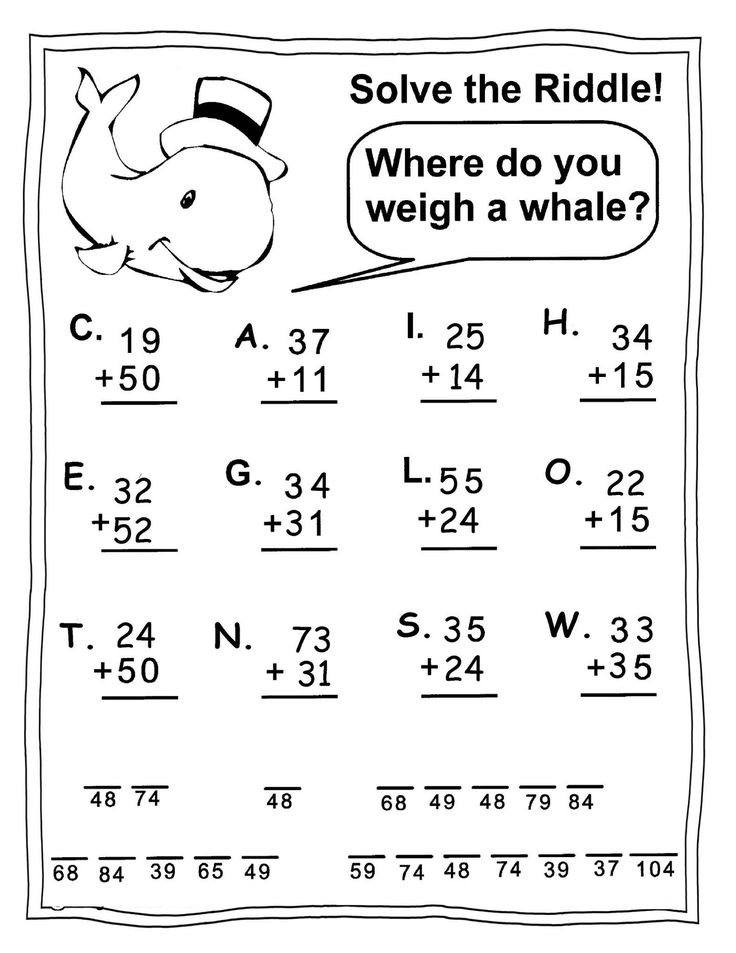
Mathematics for the little ones (from 0 to 3) - Academy of Development
Experts in the field of early child development have established the fact that children's thinking absorbs all information. In their opinion, all facts are deposited in the child's memory, which in the future are transformed into knowledge, but only if the material is presented at a high emotional level, exciting and tempting, without excessive perseverance.
This approach is absolutely justified in relation to the basics of mathematics, which the baby must certainly master. Such information enables the child to navigate in space, perform simple mathematical operations, logical tasks, and also determines the ability to use mathematical concepts such as size, shape. If the child is not familiar with the basic concepts, it will be more difficult for him to perceive the environment. Performing mathematical and logical tasks activates the mental activity of the baby, contributes to the development of thinking.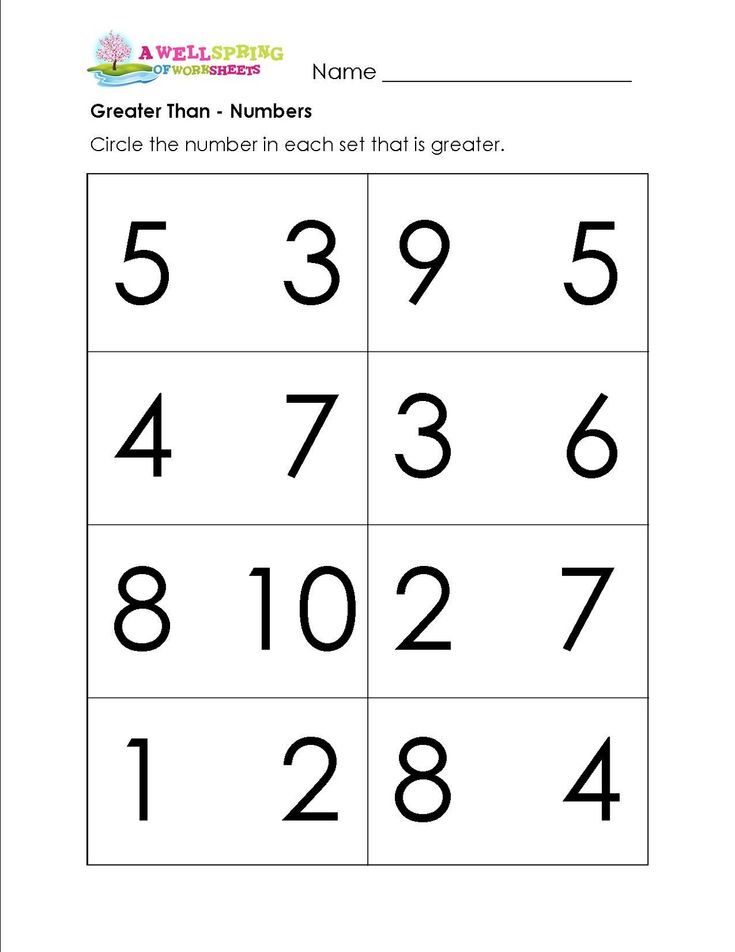
Where to start?
The first mathematical lessons should be started almost from the first days of life, namely in games that contribute to the development of tactile abilities. A newborn from the first days, thanks to vision, touch, learns to perceive the features of objects: size, texture, color. It is important not to forget to name these qualities for the child and demonstrate the properties during the game or everyday activities. Teach your child to compare objects around him. As illustrative examples, you can use toys, clothing, dishes, body parts. For example, you can describe your favorite toy like this: “Look at that big, brown bear. Try how shaggy and soft he is. Where is our little ball? The ball is blue, round. Let's touch it, how smooth it is. He jumps higher than you."
For a child who is able to explore space while crawling, adults can suggest directions in the horizontal plane. This should be done not intrusively, commenting on the movements of the child or joint movements with adults.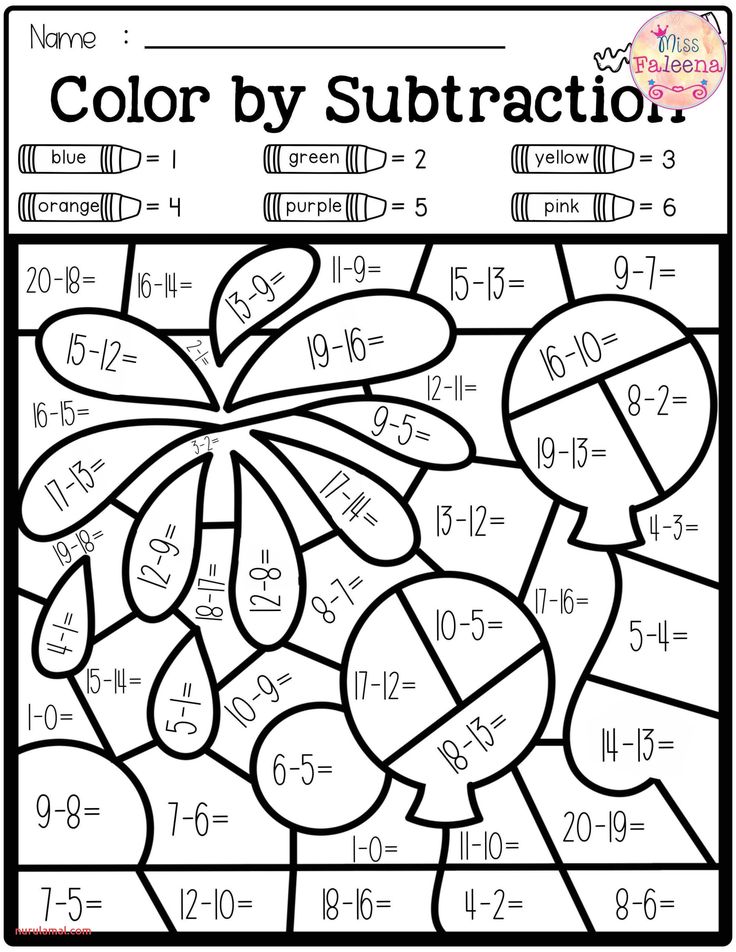 When the child has reached the goal, he begins to persistently master the subject, using all the possibilities (feels, tries on the tooth, moves). At this moment, a small person activates the work of the brain, starts the processes of analysis. Adults must necessarily suggest what is in front of the child, what properties are characteristic of this object, and say the baby's feelings. (This cube is small, plastic, red, hard, and the pencil is long, thin, yellow, wooden).
When the child has reached the goal, he begins to persistently master the subject, using all the possibilities (feels, tries on the tooth, moves). At this moment, a small person activates the work of the brain, starts the processes of analysis. Adults must necessarily suggest what is in front of the child, what properties are characteristic of this object, and say the baby's feelings. (This cube is small, plastic, red, hard, and the pencil is long, thin, yellow, wooden).
At the age of one, the foundations are laid for the further development of cognitive abilities. Parents should be patient and try not to limit the baby in his desire for knowledge of the world around him. It is necessary to prepare a house or apartment for the appearance of a baby, so that his movement around the home becomes safe, and also remove valuables away. G. Doman, a well-known American theorist of the early development of a child, is sure that difficulties and problems in learning appear later in those children who were limited by space during the crawling period, sat in the arena, and were not able to freely move around the house.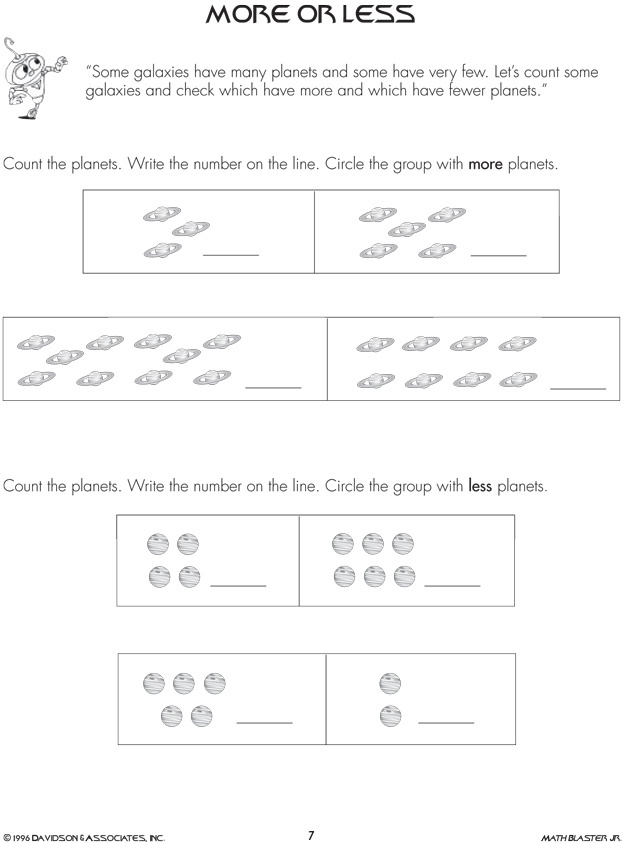 Physiologists who specialize in pediatrics know that a child acquires certain knowledge or skills in the proper period of time, when the body is capable of it and has reached the appropriate level of development.
Physiologists who specialize in pediatrics know that a child acquires certain knowledge or skills in the proper period of time, when the body is capable of it and has reached the appropriate level of development.
At the age of one year, when a child begins to walk, it is important for him not only to feel the object, but also to understand the relationship between them. At this age, a real mathematical boom begins in the development of the baby. The child activates his skills of analysis and synthesis. For learning, as a visual aid, toys still occupy the main place.
Sufficiently complex concepts quickly fit into the baby's head thanks to a variety of bright pyramids, cubes and nesting dolls, balls, dolls, plush animals. When a child builds castles using building blocks, he gradually learns shapes and colors. But only if the parents comment on the implementation and name the geometric shapes. Simple exploration of toys will help the child master their basic qualities and their most striking properties. For example, a toddler will enjoy watching a ball roll down an incline, while blocks will not be able to roll around corners. Invite your child to feed the toy animals with colorful cookies, pick up caps for felt-tip pens of the appropriate colors. If the child constantly performs such tasks, he will quickly master the colors and the combination of the words “by color” will no longer be frightening. By organizing a game with a pyramid, the child will understand the ratio "more - less".
For example, a toddler will enjoy watching a ball roll down an incline, while blocks will not be able to roll around corners. Invite your child to feed the toy animals with colorful cookies, pick up caps for felt-tip pens of the appropriate colors. If the child constantly performs such tasks, he will quickly master the colors and the combination of the words “by color” will no longer be frightening. By organizing a game with a pyramid, the child will understand the ratio "more - less".
Studying numbers
There is no need to rush to study numbers. Until the age of three, children have concrete thinking. They perceive only those objects that can be touched and seen with their own eyes. Whereas numbers are something incomprehensible, meaningless, simple hooks and sticks. Toddlers perceive numbers in the same way that adults perceive Chinese characters. Since the memory of children is sufficiently formed, the child will be able to capture the meaning of these symbols, if necessary, reproduce and name numbers.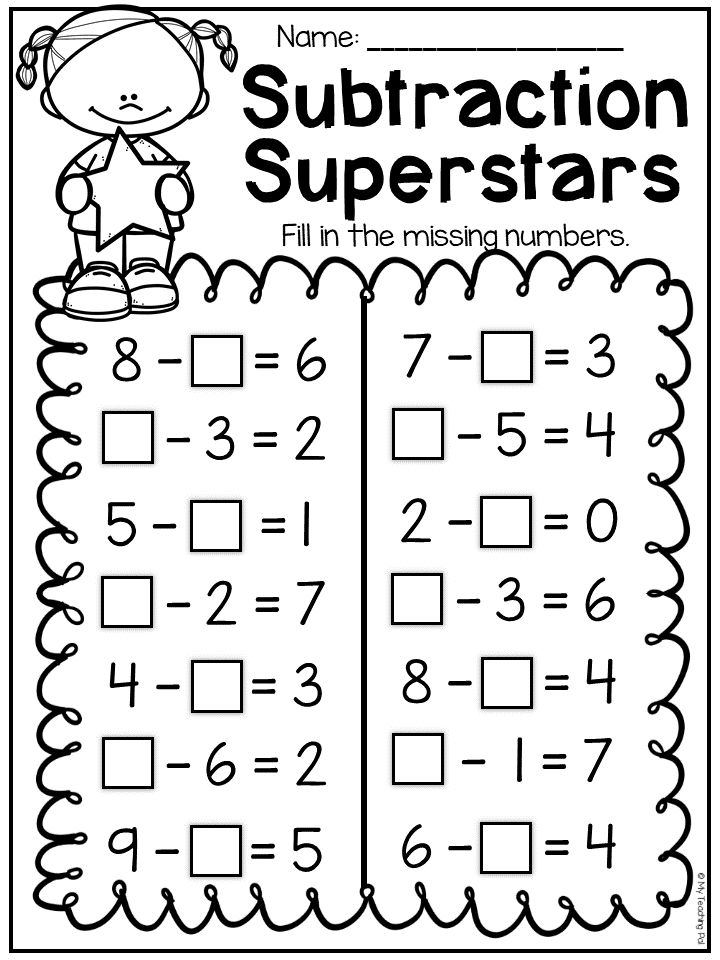 But at an older age, the baby will re-master the material, learns to correlate the signs and the number of objects. For training, you can use nuts or sweets.
But at an older age, the baby will re-master the material, learns to correlate the signs and the number of objects. For training, you can use nuts or sweets.
It should be noted that depending on the type of perception, children easily or difficultly memorize numbers. For example, visual kids (in whom vision prevails in the perception of the world around them) already at the age of two years reproduce numbers and letters. To teach a child or not at this age should be decided by parents, taking into account the interests of the child in symbols. If he has a desire to master incomprehensible signs, give the baby such an opportunity and satisfy his interest. But it is worth remembering that such features are not typical for all children of this age. It is important not to force the child to such activities if he does not show interest. Persistence of parents can cause rejection of information and lack of desire to master the material in the future.
Three-year-olds must master the concept of the number of objects, as well as understand the relationship “many-few”.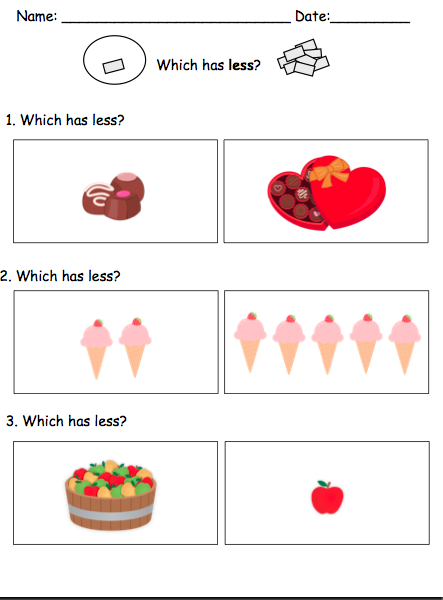 The best option for kids is learning from their own experience.
The best option for kids is learning from their own experience.
The American theorist of early childhood development G.Dogma, like Nikitin, suggests using dots to indicate the number of objects, Maria Montessori recommends using beads. Do not take such recommendations as a rule. Replace the beads with buttons, and the dots with sticks or matches. Count with your child everything that comes to hand: balls, cars in the parking lot, animals, pencils in cups, spoons, birds on a tree. You can start studying numbers after three years.
Children will also be taught to count in kindergarten. Moreover, the child learns information much better if he is with his friends. If you are unable to send your child to a preschool, try placing him in a part-time kindergarten group.
We count everything
As a visual aid for a small child, you can use any children's book that is full of beautiful high-quality illustrations. You can train in the account by determining the number of objects depicted: butterflies, squirrels, berries, flowers, guys.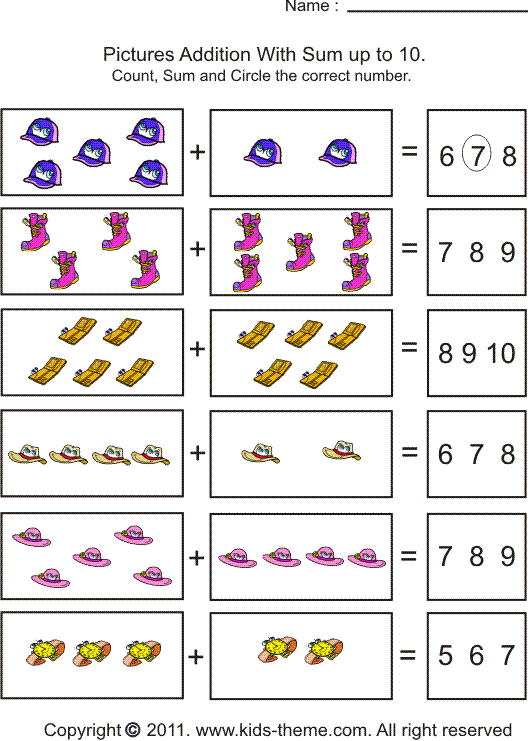 Ask questions to the child so that he focuses his attention on the quantity. How many pens does the girl have? How many hands does a boy and a girl have together? How many paws does a cat have? How many paws does a dog have? How many shoes does the girl have? How many socks does a dog need? How many hats does the mushroom have? How many fish are in the aquarium? How many legs does a fish, octopus, spider, butterfly, bug have?
Ask questions to the child so that he focuses his attention on the quantity. How many pens does the girl have? How many hands does a boy and a girl have together? How many paws does a cat have? How many paws does a dog have? How many shoes does the girl have? How many socks does a dog need? How many hats does the mushroom have? How many fish are in the aquarium? How many legs does a fish, octopus, spider, butterfly, bug have?
Do not try to stop a child by looking at other children if they are trying to learn to count. You can learn to count not only within a dozen. If this is interesting and easy for a child, try to master counting to one hundred. You can count in direct order, through a number, or in reverse. Such exercises contribute to the development of logical thinking, memory. Try to make tasks varied: compare the number of items, perform elementary mathematical operations, play supermarket, dominoes, dice. Focus not on the information you are trying to offer the child, but on the process and methods of learning.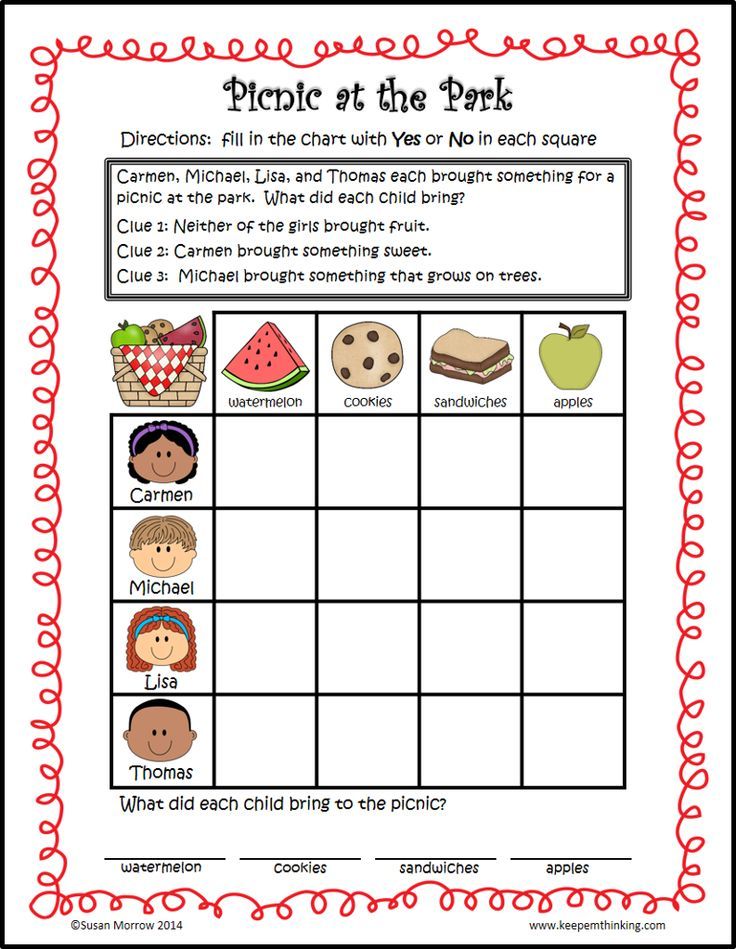 The main criterion for an impeccable process of education and upbringing is the positive emotions of the baby and the child.
The main criterion for an impeccable process of education and upbringing is the positive emotions of the baby and the child.
Sorting game. The game contributes to the development and training of mathematical logic, thinking. To organize the game, you can use improvised materials, for example, spoons, forks, cubes, toys, and other materials. You can get creative with the sorting process. Arrange special containers for items with appropriate openings. For example, a round hole for beans, a narrow oblong hole for buttons.
Taking into account the individual abilities of the child, tasks can be complicated by adding additional sorting signs. Tasks should be feasible for the child in order to create a situation of success. Try to constantly name household items in the kitchen, in the nursery, in the hallway. Name items of clothing when going for a walk, toys, cleaning the room, dishes, setting the table.
To increase the effectiveness of training, you should combine training with the activation of large and fine motor skills.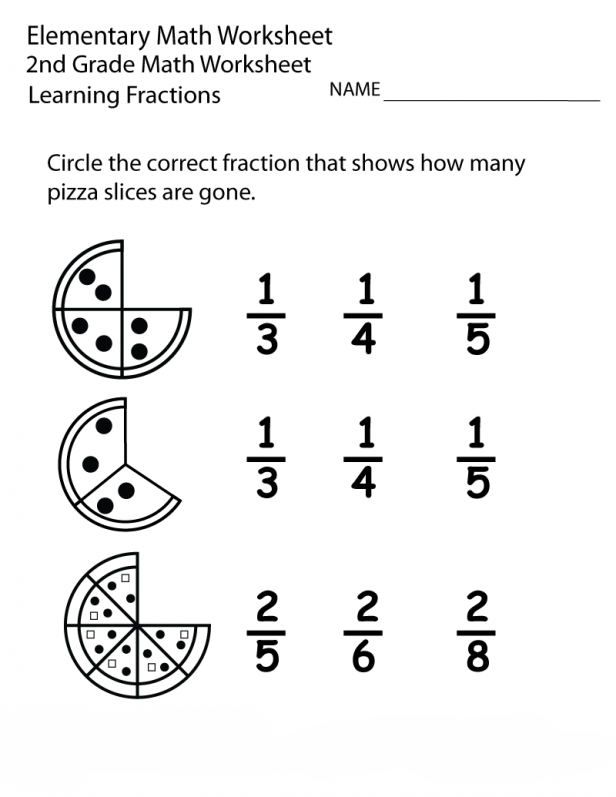 This approach is especially important for children, who more clearly perceive the world around them through tactile sensations. For kinesthetic children, classes without movement have no benefit and result.
This approach is especially important for children, who more clearly perceive the world around them through tactile sensations. For kinesthetic children, classes without movement have no benefit and result.
Mathematics also requires an integrated approach, taking into account the characteristics of children. You can play sorting not sitting in one place, but on the run. You can complicate the game by equipping an additional obstacle course in the room. While jogging, count steps, keep score, exercise, throw the ball. A great solution would be counting rhymes that can be played while walking in the park.
Auditory children, who absorb information by ear, learn mathematics very well in the process of learning songs, rhymes, fairy tales. For example, count the number of animals in the fairy tales "Mitten" or "Teremok". Ordinal counting can be mastered using the example of the fairy tales "Turnip" and "Gingerbread Man". Who did Kolobok meet first? Who is the biggest in the story? And who is the smallest? Who stood first behind the turnip? Who was Grandma behind? The fairy tale "Three Bears" is a real find for doing mathematics.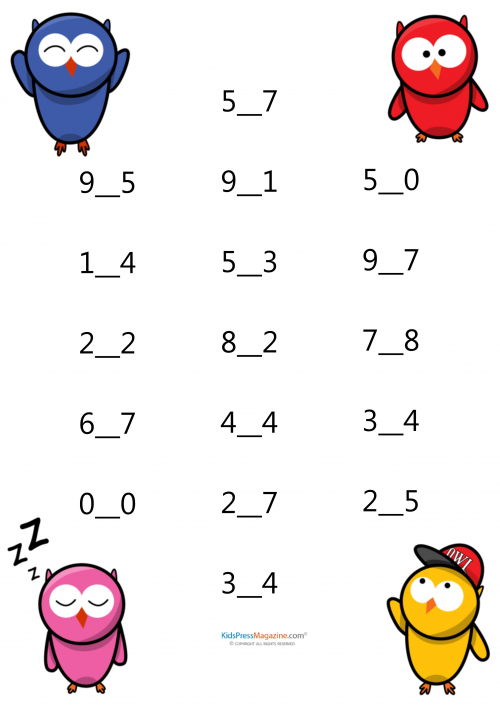 Here you can count the number of bears, describe the sizes, and compare the animals, as well as establish the correspondence between bears and beds, chairs, and other items.
Here you can count the number of bears, describe the sizes, and compare the animals, as well as establish the correspondence between bears and beds, chairs, and other items.
Indeed, mathematics at an early age has no limits. Parents need only be patient and creative to succeed in learning. Only in this way you will be able to turn difficult tasks into a fun and exciting game.
Mathematics for the smallest
Alas, all early development is usually reduced to early learning to count and read. And this is just contraindicated for such crumbs, their brain is not yet physiologically ready for such manipulations. However, there is another math.
When we talk about mathematics for kids, we mean, rather, familiarity with the main logical concepts: one and many, more-less, above-below, set, etc. Obviously, these concepts are needed not only for the development of mathematical thinking. They generally help to structure the accumulated information, but for this the baby needs time.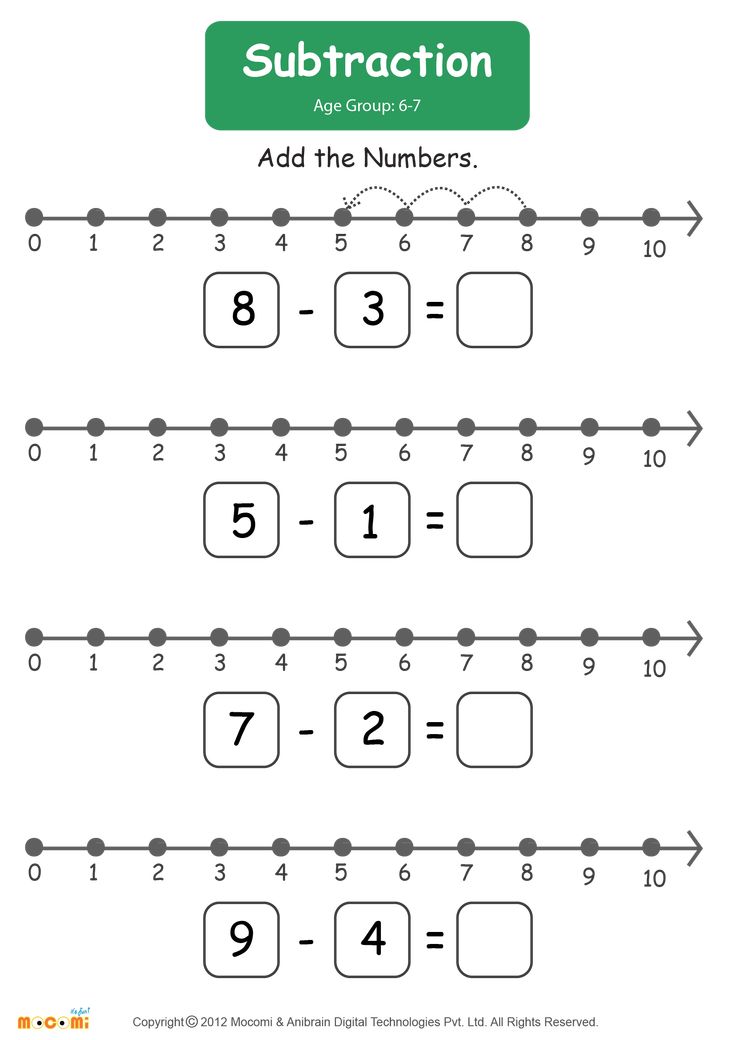 So please don't rush!
So please don't rush!
Some teachers insist that logic classes (as well as other sciences for kids) should take place in a special place and at a special time specially allotted for "lessons". Perhaps for older preschoolers who are preparing for their first meeting with the school, this is relevant: a special place and time allow you to tune in to the working mood, get together. But when it comes to toddlers from one to three years old, I insist that "lessons" are unacceptable. All information about the logical structure of the world, about relationships, about causes and effects can be learned literally "in between times, on the go."
The principle of mastering the material should be as follows: first, contrasting concepts (one - many, high - low, large - small), and then we consider in more detail what is "in the middle", we learn to compare quantity, height, size.
What is a heap?
Remember how in a wonderful cartoon about a monkey, a baby elephant and a boa constrictor, the baby elephant asks his friends:
– How many nuts do you need to make a pile?
(Let's note in parentheses that the baby elephant, by the way, raises an old philosophical problem, first formulated by the ancient Greek philosopher Zeno - at what point does quantity turn into quality, and one grain of sand will turn "non-heap" into "heap").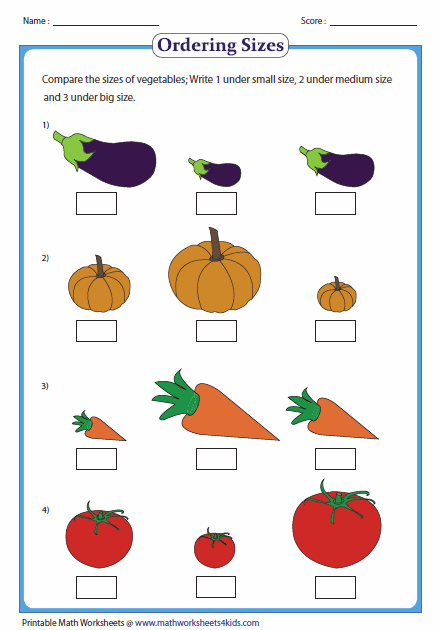
But we will not delve into philosophical empiricism for now. It is important for us now to learn the concepts of “one” and “many”. Actually, these words constantly sound in our speech, and the baby already has an approximate idea of \u200b\u200bthem. It remains only to emphasize during the game that one doll is “reading” the book , and many dolls are sitting on the sofa . There are one cars in the garage, and many cars drive along the road.
When the baby understands these concepts well, you can go to definition "several" . Two or three things is a lot.
Please note that your words must be accompanied by actions with real objects, not pictures. Do not hesitate, there will come times when your little one will clearly show in the picture where there is one berry, where there are many, and where there are several. But for now, pictures are just a symbol for him. Dealing with them is much more difficult than with real objects that you can pick up.
Same, less, more
Children usually have a very developed sense of justice. We'll play on that. Let's treat the dolls with pies. Did everyone have enough? It turns out that there are as many pies as there are dolls! Say "the same" a little louder, emphasizing this expression with intonation. As you understand, there can be an infinite number of options: you can give nuts to squirrels, carrots to hares (natural ones, if you are peeling carrots for soup at that time, or fashioned from salt dough and painted with gouache), put the same cars in garages built from cubes.
But bad luck! At some point, carrots turned out to be less than than hares. And the pies, on the contrary, remained superfluous, which means that there are more of them than than dolls.
For those parents who think that this is too easy, I inform you that there are even such problems in mathematics textbooks for the first grade. We by no means set ourselves the task of going through the school curriculum in tender infancy, but now we would like to outline the basic logical concepts with which the baby will become more and more familiar as he grows up.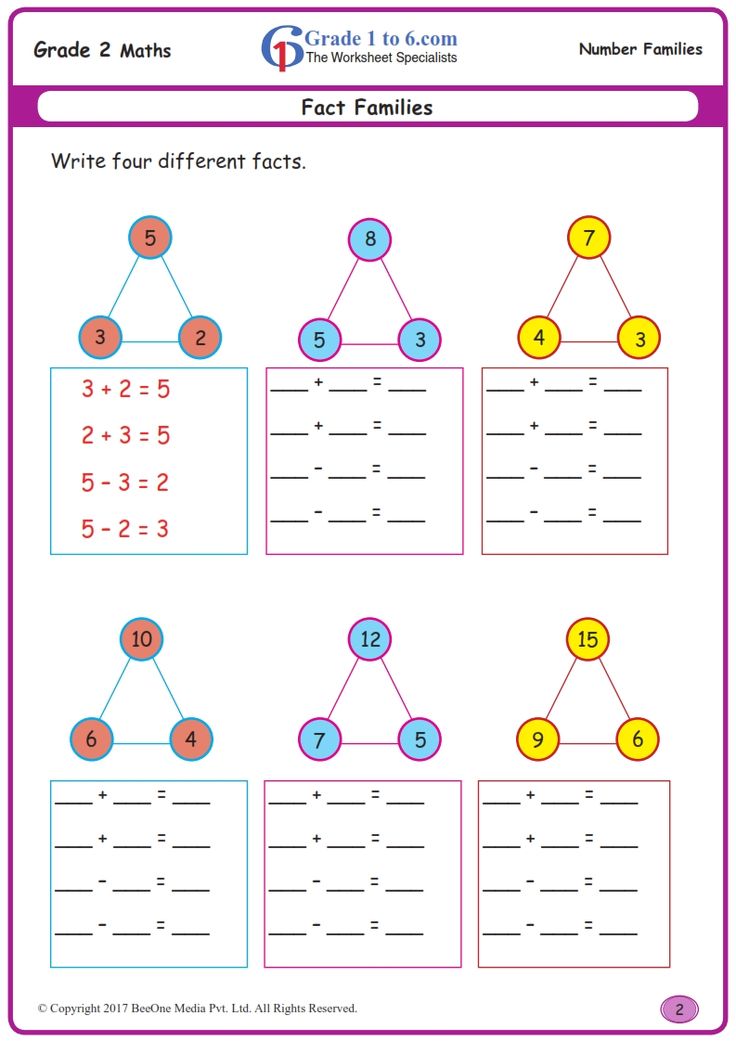
Psychologists have established that we can determine the number of objects up to five “by eye”, without counting; this skill is, as it were, “embedded” in our brain. Let's use this ability of our own organism. Let's not count with maniacal persistence everything that comes our way, but just note that there are three apples on the plate, you and I have two legs and two arms, the cat has as many as four paws . And in the hallway are for some reason five slippers: two of my mother's, two of my daughter's and one of my father's (on the second, apparently, the animals once again set off to travel). Actually, the account was invented in order not to repeat: fungus, fungus and fungus, but immediately say “ three fungi”. At some point, the baby himself will name the number of items.
Especially if you ask him how many sweets to give him: one, two or four at once.
Classification
How many numerous didactic games have been invented in order to “find the superfluous”, “make pairs”, “pick up analogies”! What is there just not there: either birds among giraffes, then squares among circles, then cornflowers among cacti.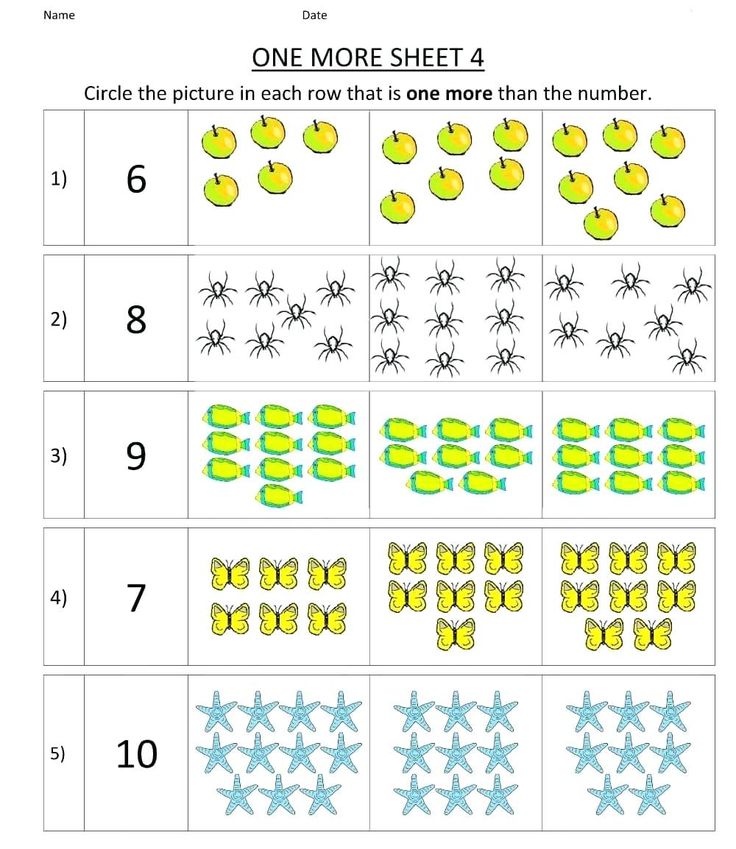
But when a two-year-old baby starts sorting paper cards with unknown animals, there is something… unnatural.
And in this regard, I really like the idea of Waldorf teachers to classify objects, so to speak, according to the principle of common sense. When all the toys of the baby fall into one box (even if it is transparent), there is a feeling of chaos. It is better if a special closet or bookcase is allocated for toys, and for each type of toys - its own box or basket. Where is the best place to store cubes? They have smooth edges, they can be neatly laid in a box. Other wooden building material will also go there.
And here are various baskets for shells, cones, chestnuts... You don't even have to explain anything to the baby, don't announce loudly: "Here we put only dishes, and here - only pebbles!". Just collect your treasures with your baby every day after playing. And he will definitely notice that a cone that accidentally fell into a basket of shells is superfluous here.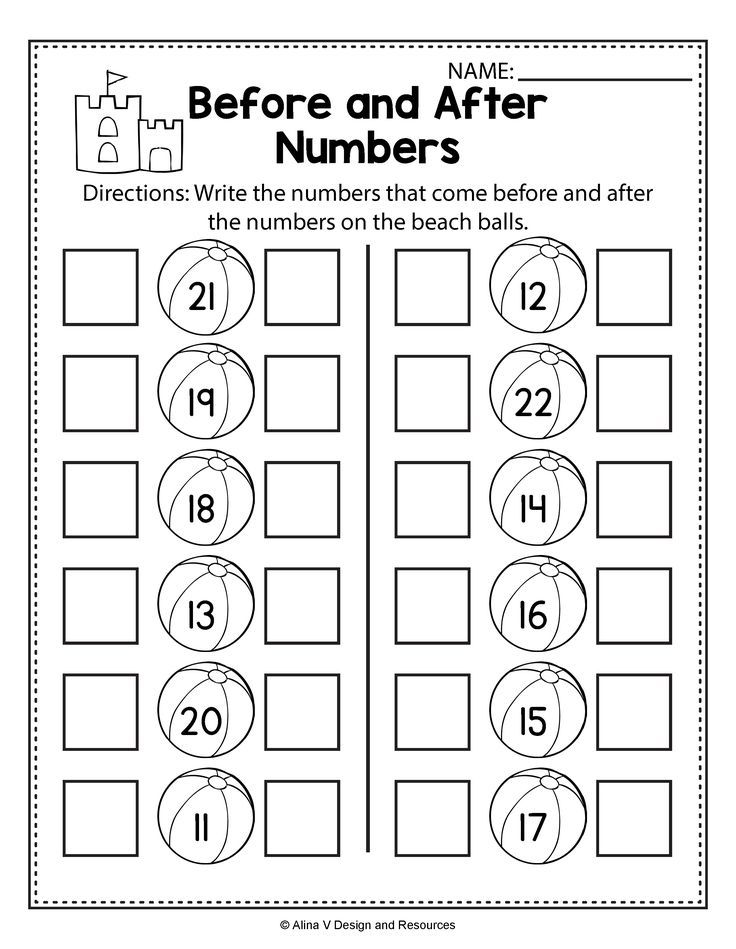 And he himself will put it where it is necessary, and will not shove it with his foot under the bed.
And he himself will put it where it is necessary, and will not shove it with his foot under the bed.
There is a deep practical meaning in such classifications: order is put in place, the room becomes cozy, and at the right moment you can always find exactly what you need.
Everything is known in comparison
Walking down the street with your child, doing household chores, playing ordinary role-playing games, pay attention to the signs of objects. This house is high and that one is low. Here the road is wide, look: mother, Dasha and the carriage are placed side by side, but here it is narrow, you can only go in single file. Bring the big doll, please. No, this is a small one, but now we need a big one, she will be a mother doll.
It is in such everyday situations that a child learns to compare the size and shape of objects.
And the tale of the three bears is just made for this! Just pay attention to an important point: do not enter three concepts at the same time - large, medium and small.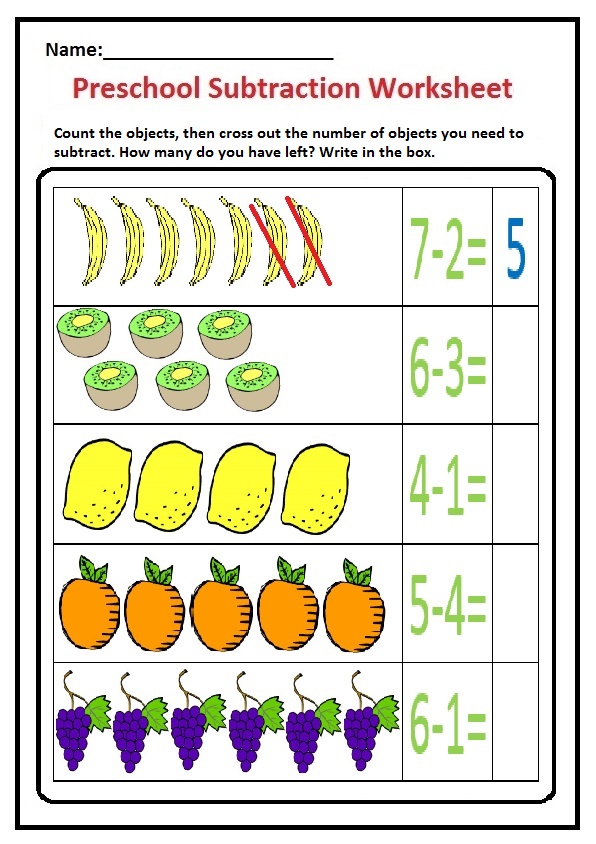 At first there should be only two objects for comparison - a large and a small one. And only then show the baby that there is also an intermediate option, not large and not small, but medium. If this idea is to your liking, you can distribute anything in size. Who said that you need to limit yourself to only plates, spoons, chairs and beds? Let the bears have different sizes of pillows, blankets, books, hats, etc.
At first there should be only two objects for comparison - a large and a small one. And only then show the baby that there is also an intermediate option, not large and not small, but medium. If this idea is to your liking, you can distribute anything in size. Who said that you need to limit yourself to only plates, spoons, chairs and beds? Let the bears have different sizes of pillows, blankets, books, hats, etc.
Serialization
Serialization is another logical operation. It consists in distributing objects by size: from smallest to largest. The baby has already received the first experience of seriation, distributing numerous household items among the bear family.
After that, the task can be somewhat more complicated. Matryoshka dolls are perfect for serialization. To get started, just open the largest matryoshka doll and show the baby its secret. This moment can be very joyful, because in each nesting doll there is a new surprise! When all the wooden dolls get to know the baby, try to line them up according to their height.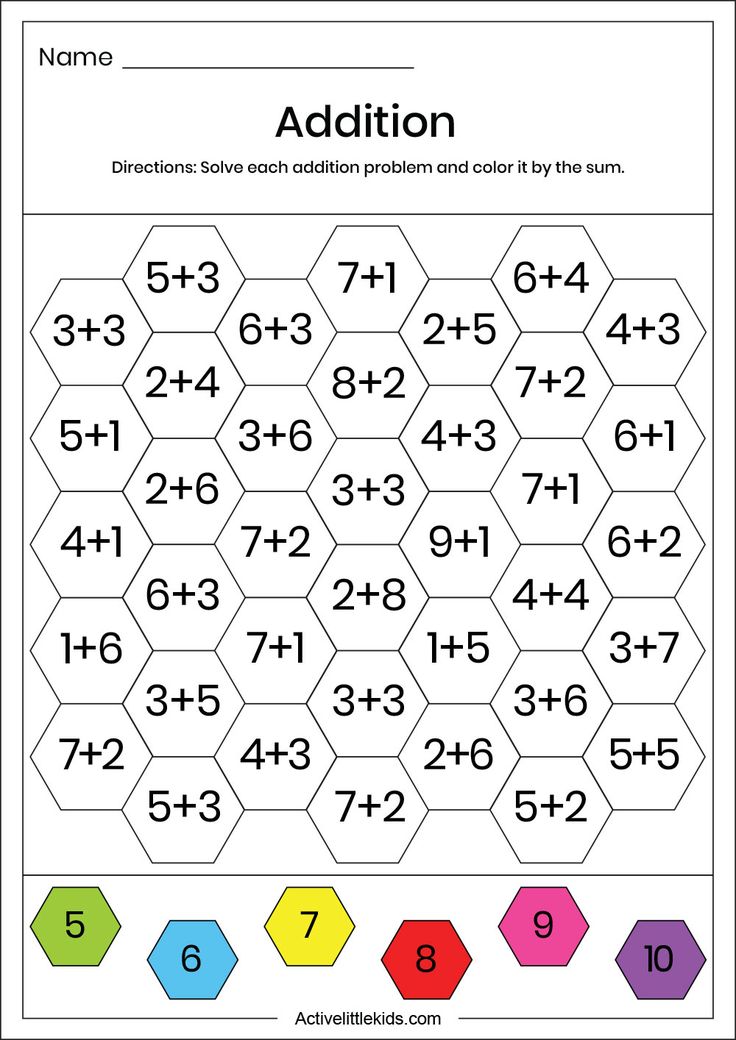 Consider how they look, pay attention to which nesting dolls are higher or lower than their sisters. They can also play hide and seek! Give the baby the opportunity to check for himself which nesting doll can hide inside his sister, and which cannot.
Consider how they look, pay attention to which nesting dolls are higher or lower than their sisters. They can also play hide and seek! Give the baby the opportunity to check for himself which nesting doll can hide inside his sister, and which cannot.
Subsequently, the child will arrange nesting dolls according to their height.
It is very easy to check if the row is lined up correctly. To do this, you just need to collect all the nesting dolls in turn again. If some did not fit in her older sister, then there was a mistake. Shall we try again? During such a game, the eye, fine motor skills are trained, spatial thinking develops.
For nesting dolls of different sizes, just like for bears, you can choose handkerchiefs (it's great if they match the matryoshka clothes in tone, this is not only an education of artistic taste, but also another logical operation). You can give them sticks, circles or cubes of various sizes (let the child decide for himself what it looks like: bars of soap to wash his hands, or felt-tip pens for drawing).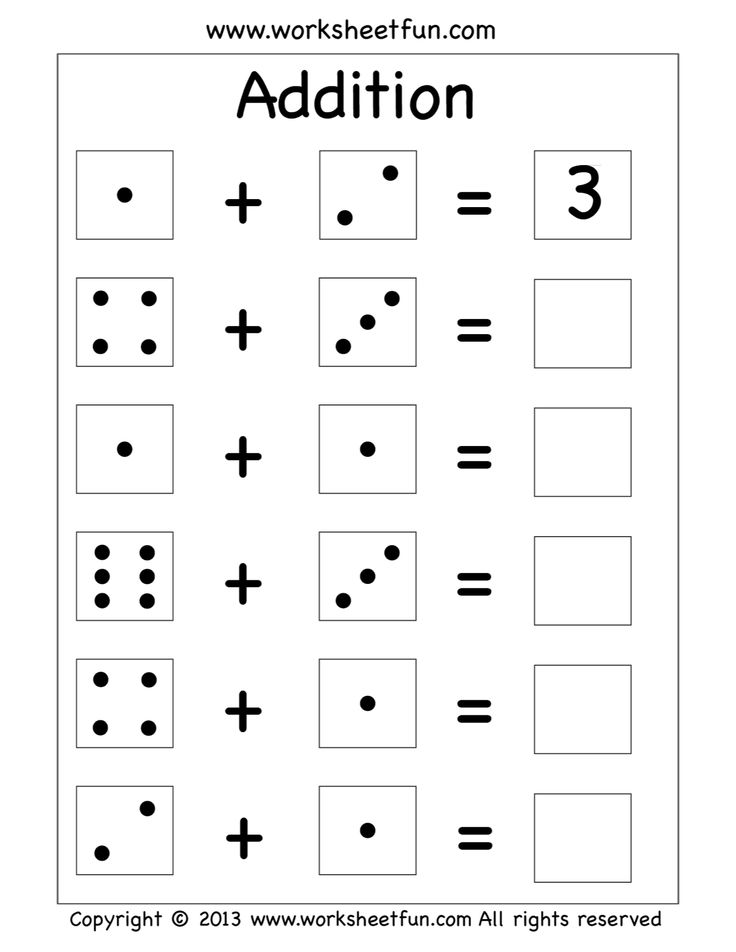
And then you can choose blankets for sisters of different sizes from prepared scraps of fabric.
Believe me, such simple, at first glance, skills mean a lot for the development of the baby! The famous French psychologist Jean Piaget believed that the level of classification and seriation is the main indicator of the intellectual development of a child.
Inessa Smyk
Based on the materials of the magazine "Aistenok"
Sources
- Dulov E. Evaluation of Decision-Making Chains and their Fractal Dimensions. // Integr Psychol Behav Sci - 2020 - Vol - NNULL - p.; PMID:32666328
- Semeraro C., Giofrè D., Coppola G., Lucangeli D., Cassibba R. The role of cognitive and non-cognitive factors in mathematics achievement: The importance of the quality of the student-teacher relationship in middle school. // PLoS One - 2020 - Vol15 - N4 - p.e0231381; PMID:32310988
- Navarro MG., Braham EJ.

Learn more

